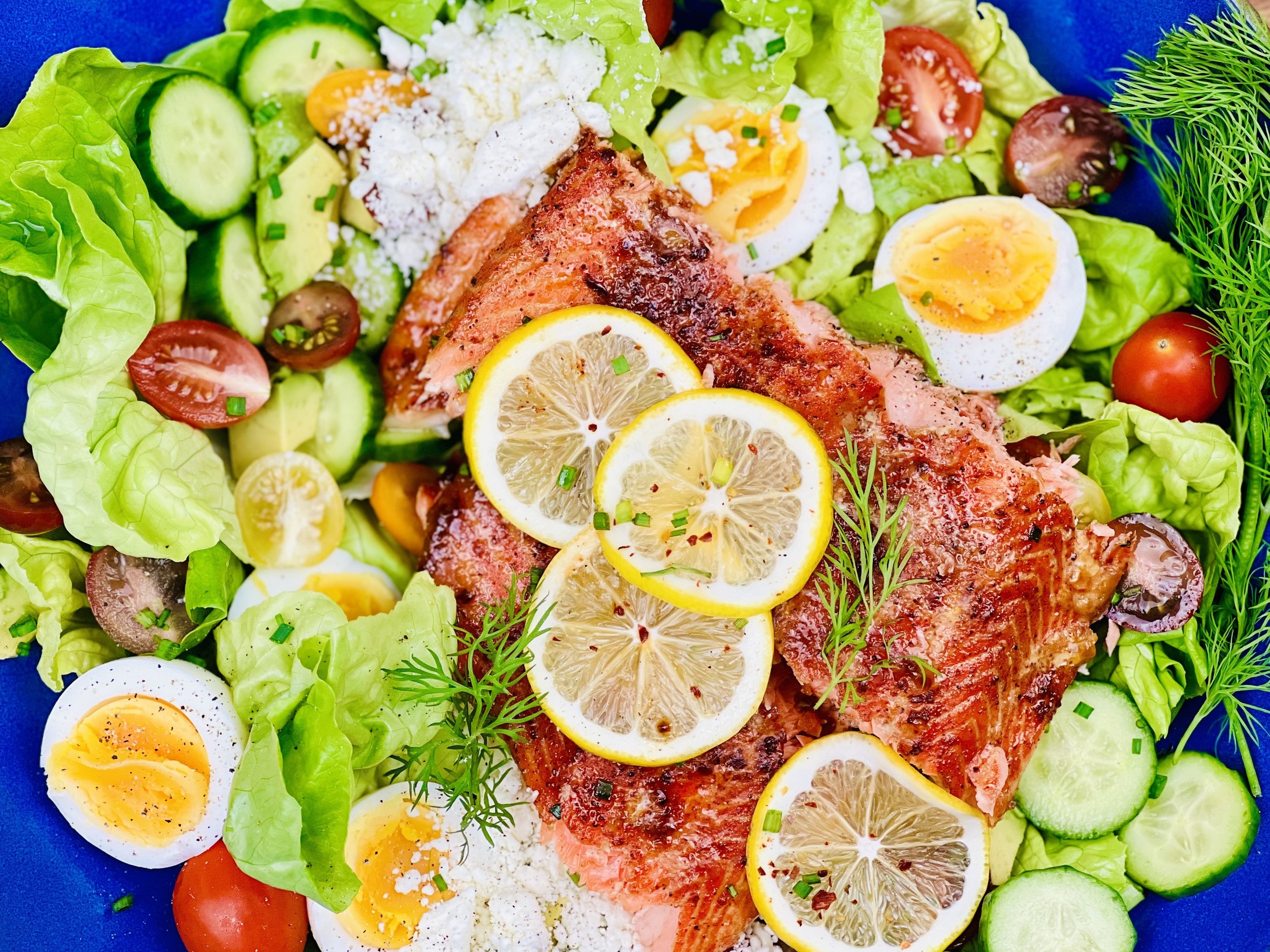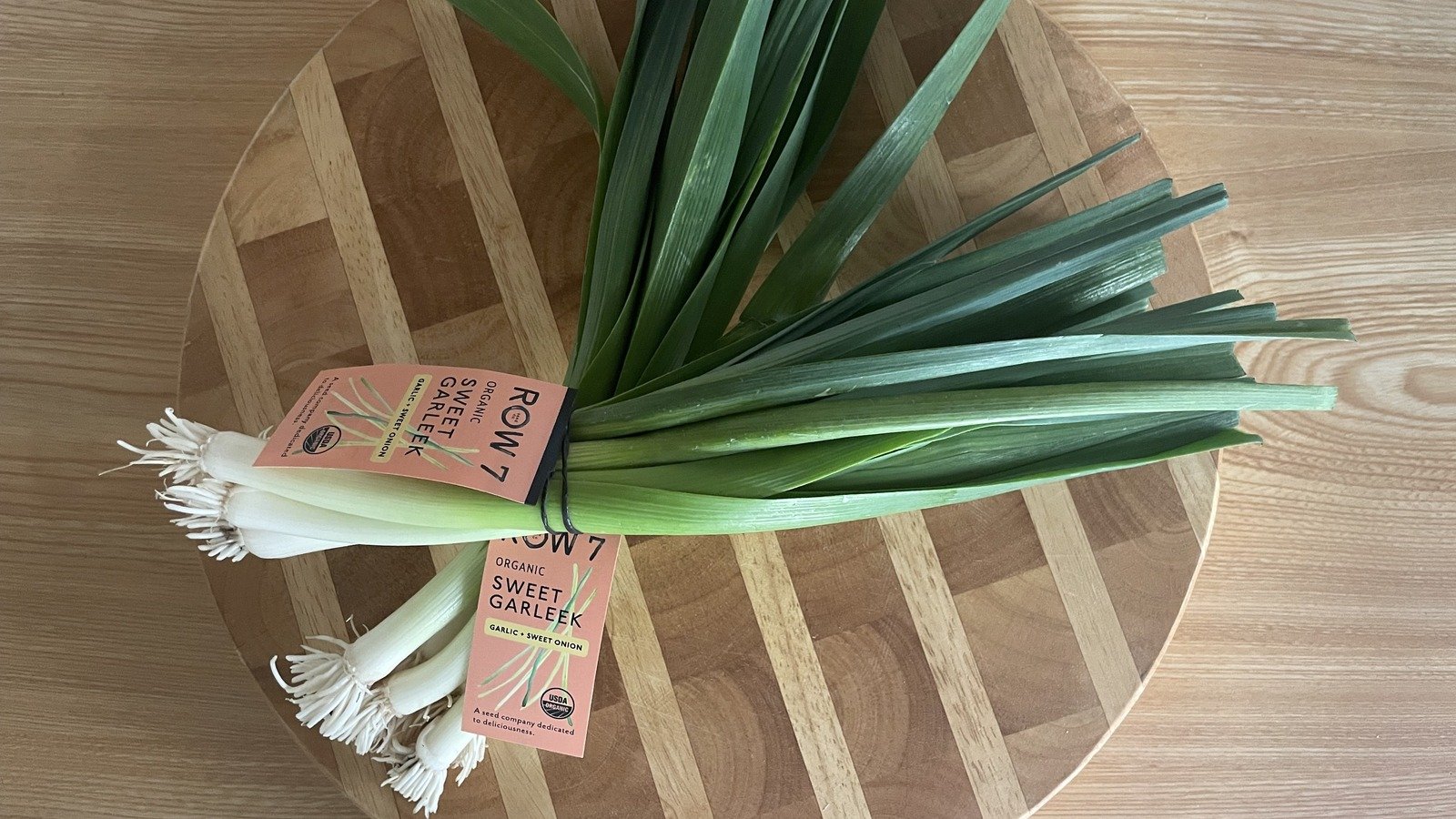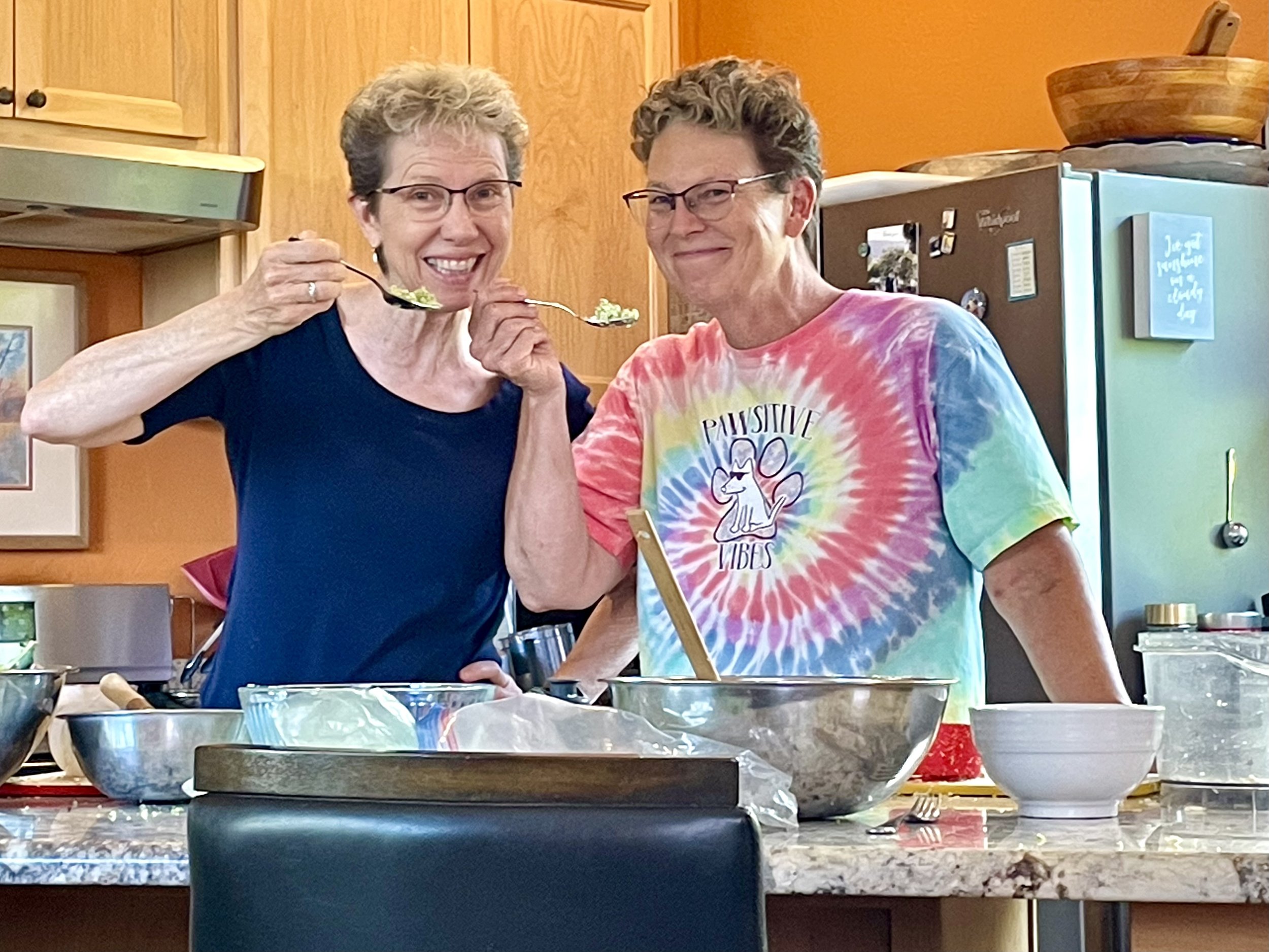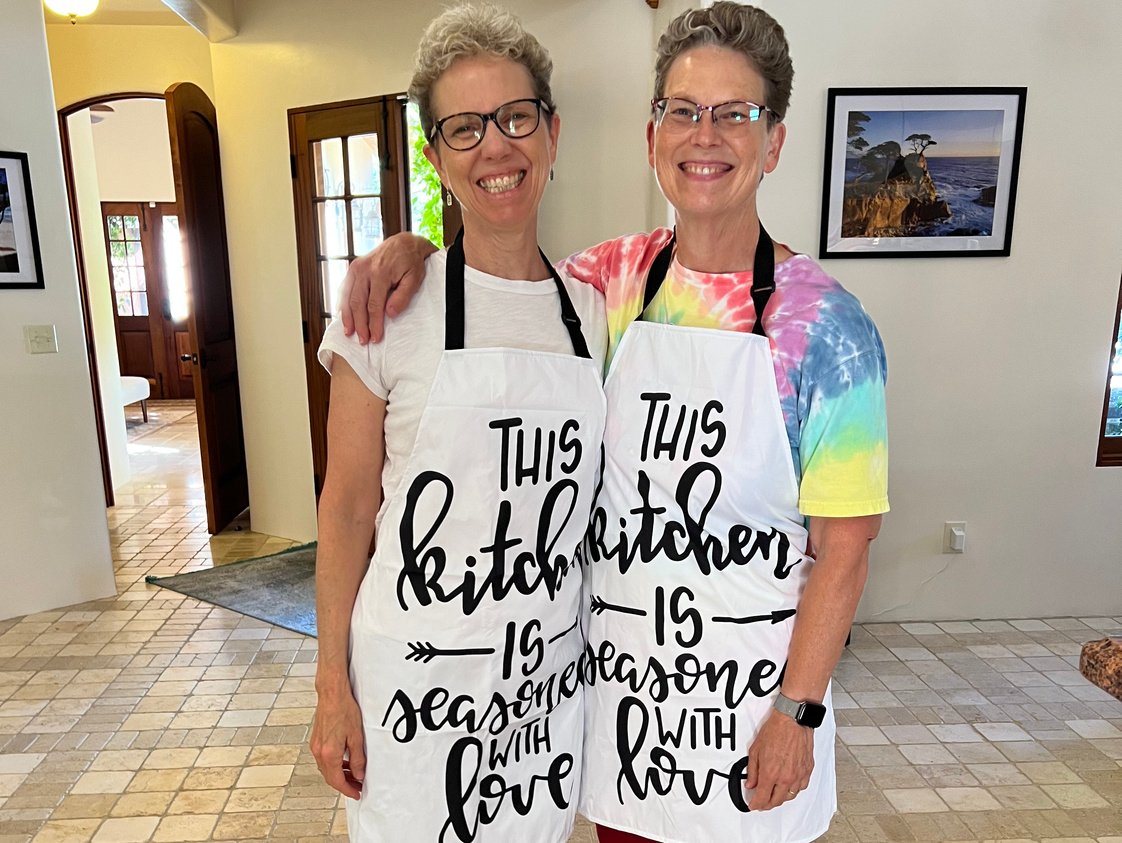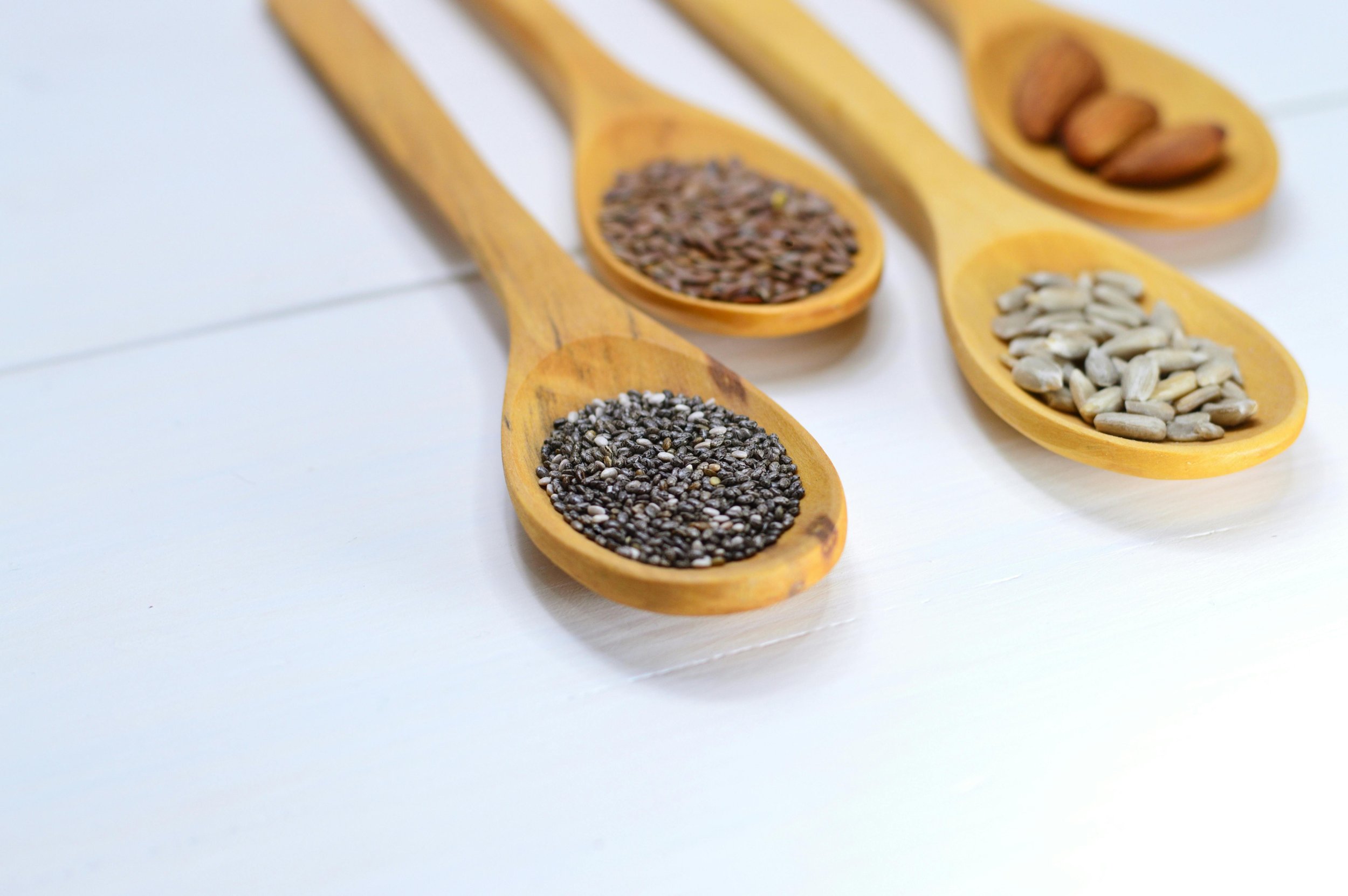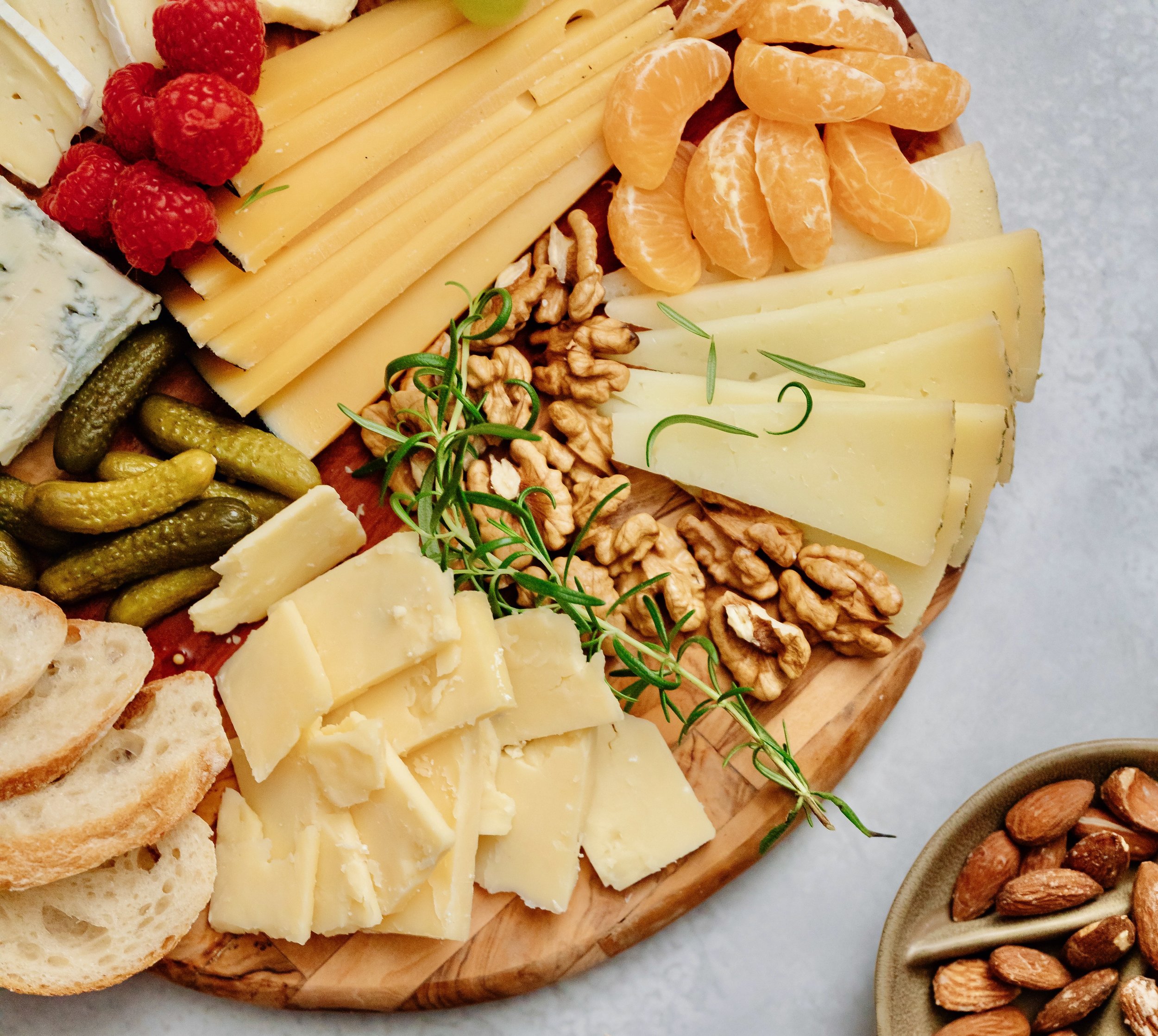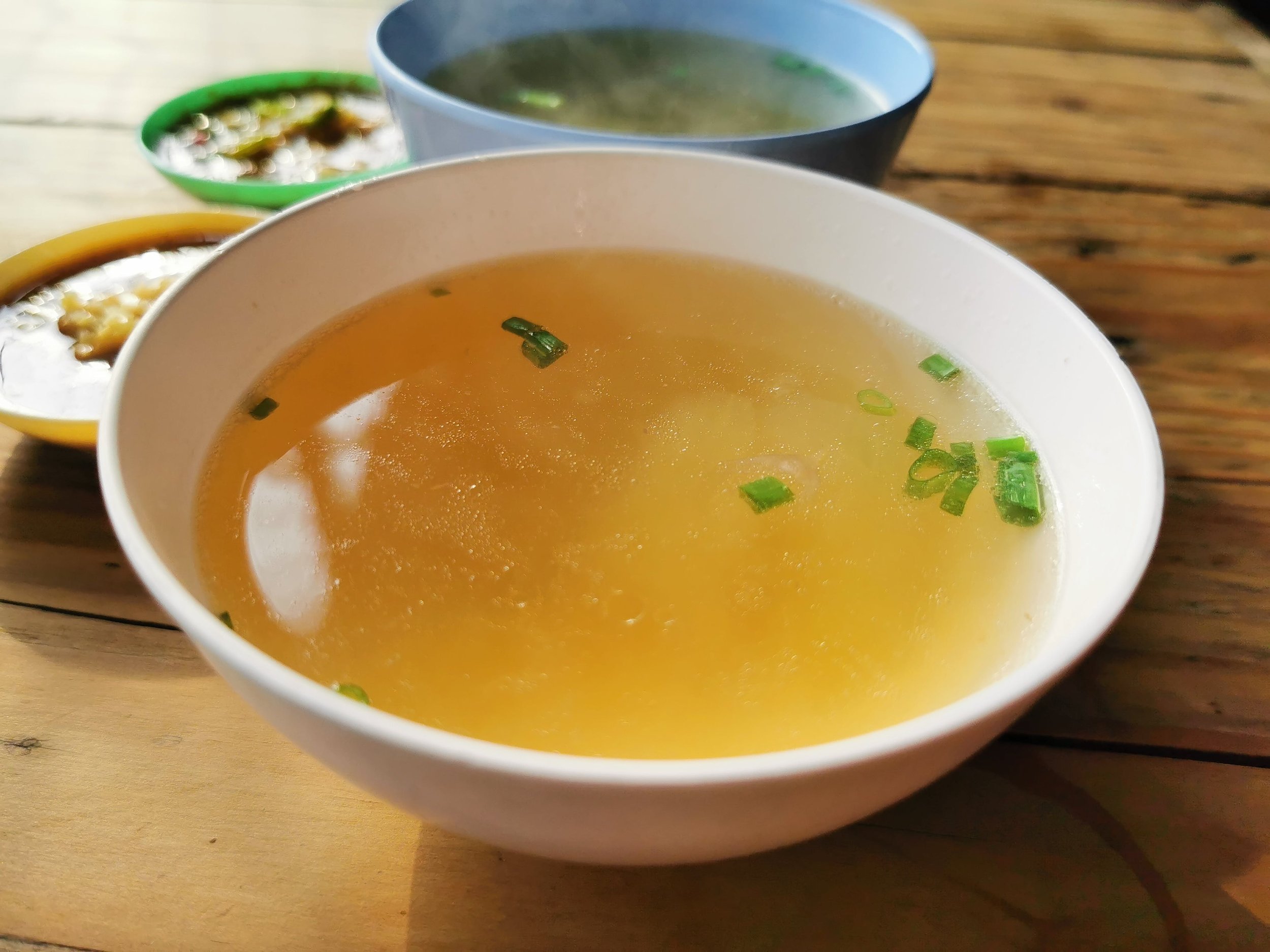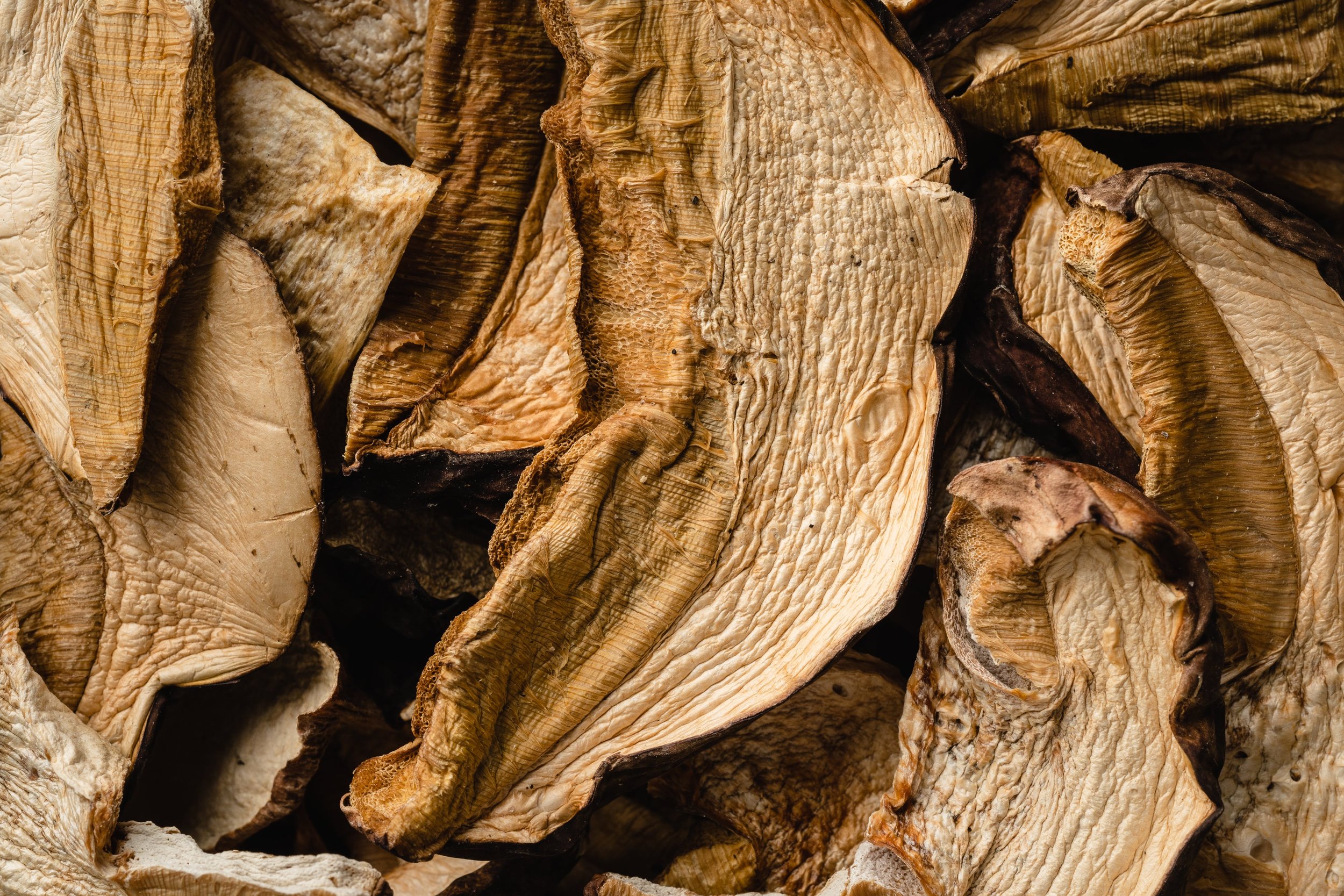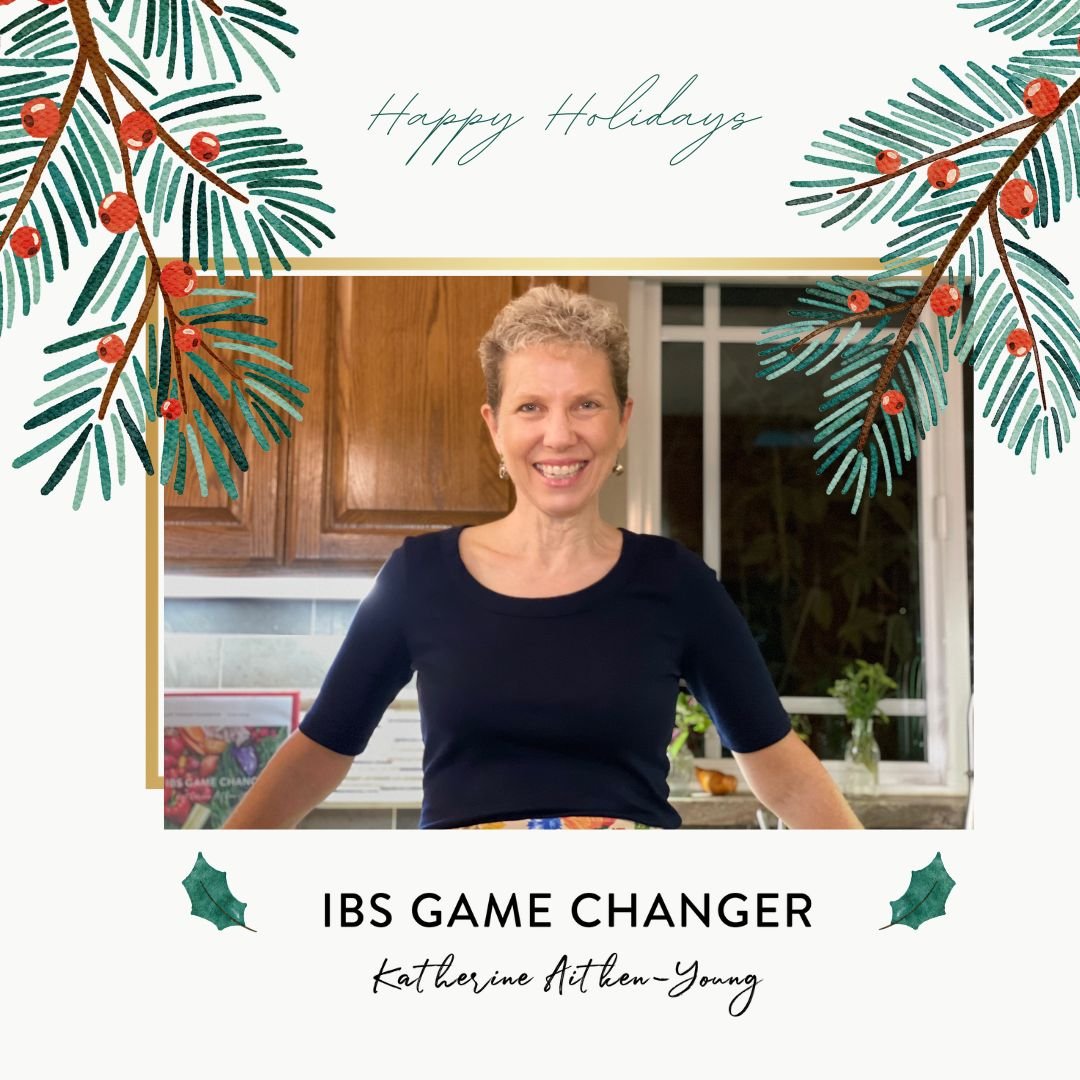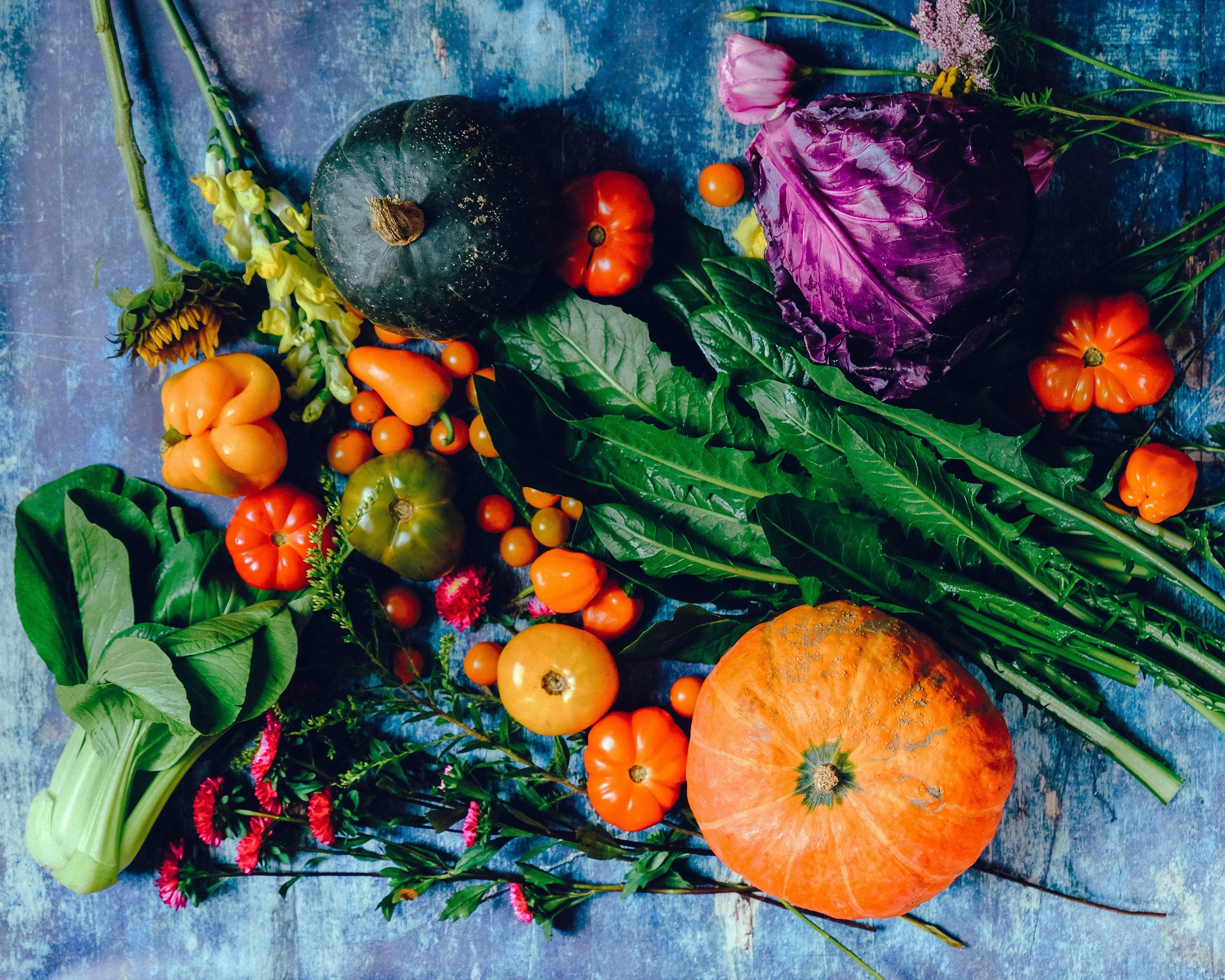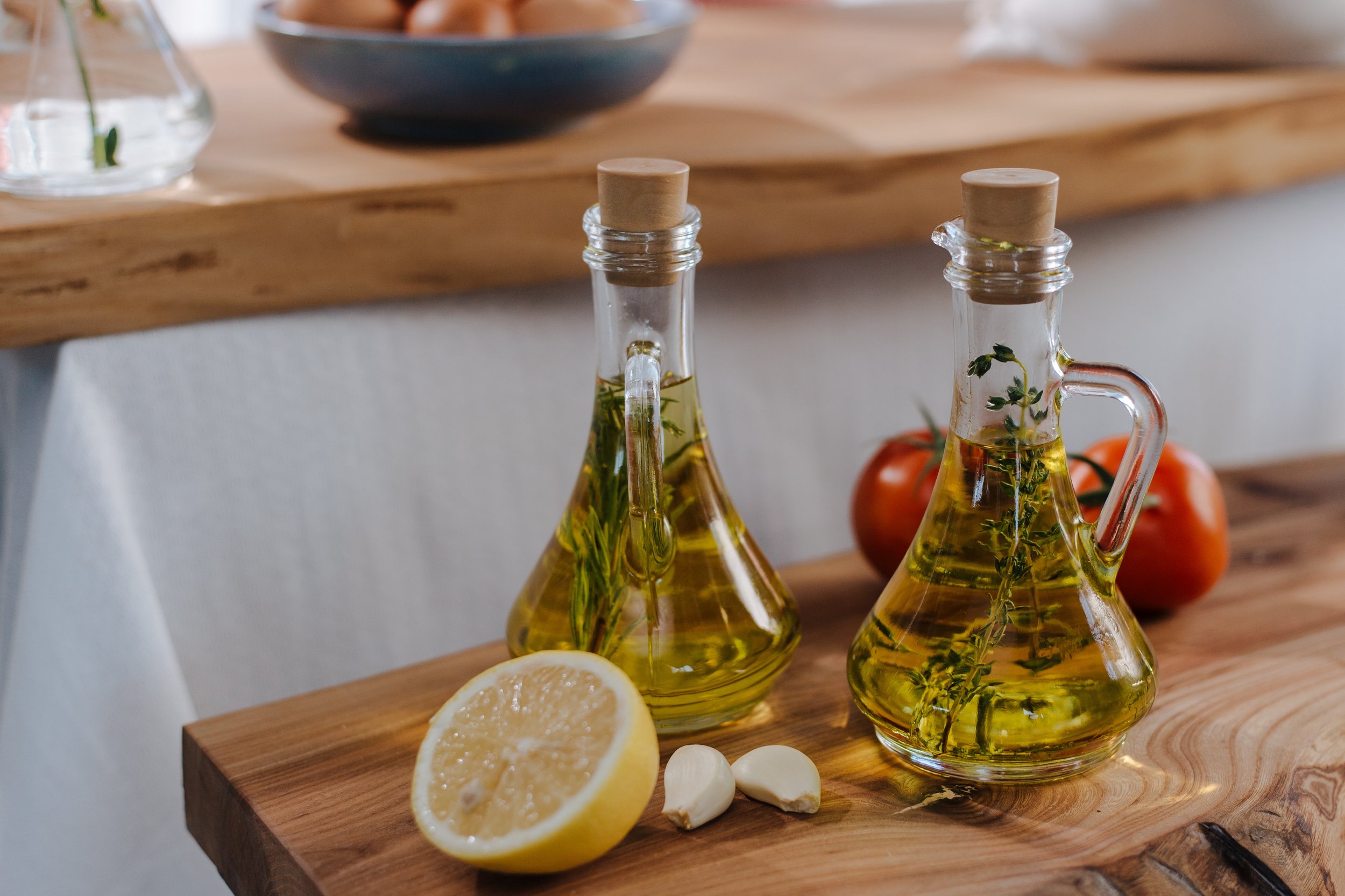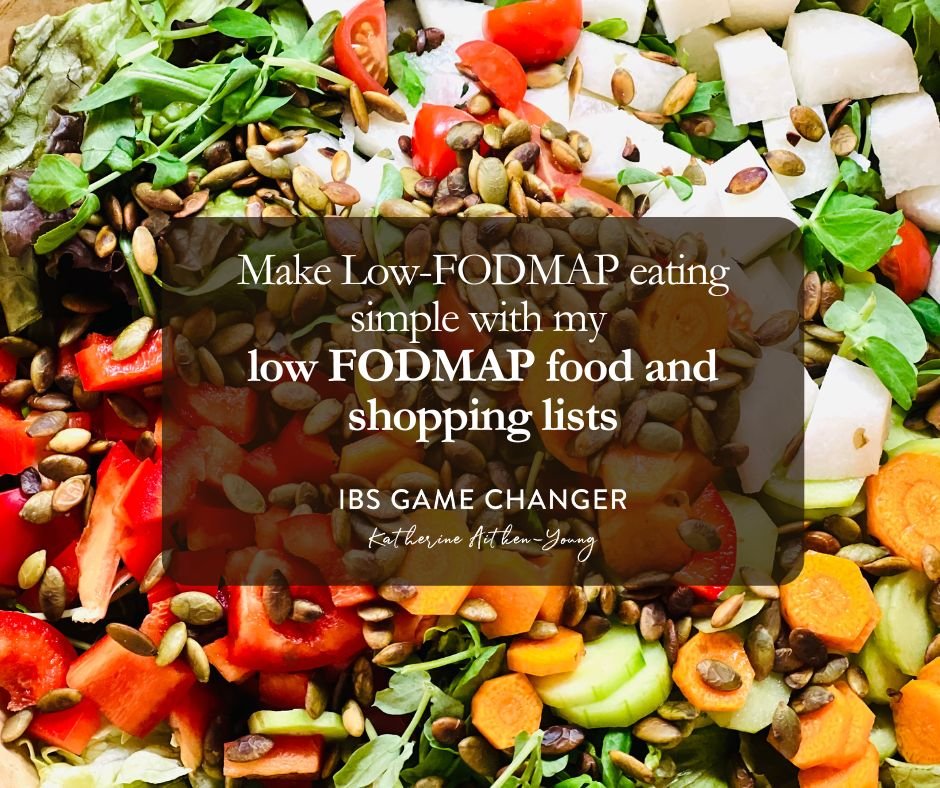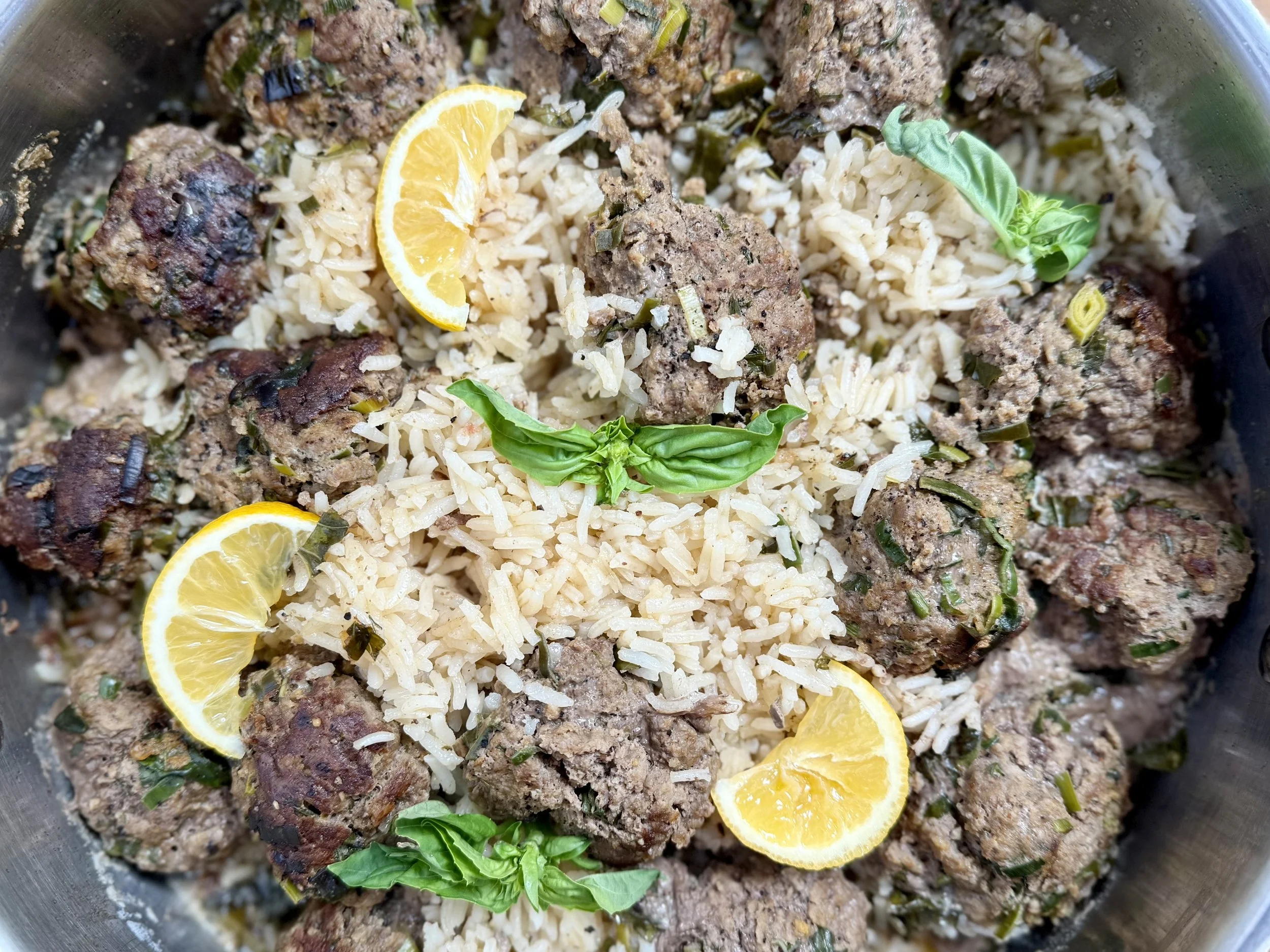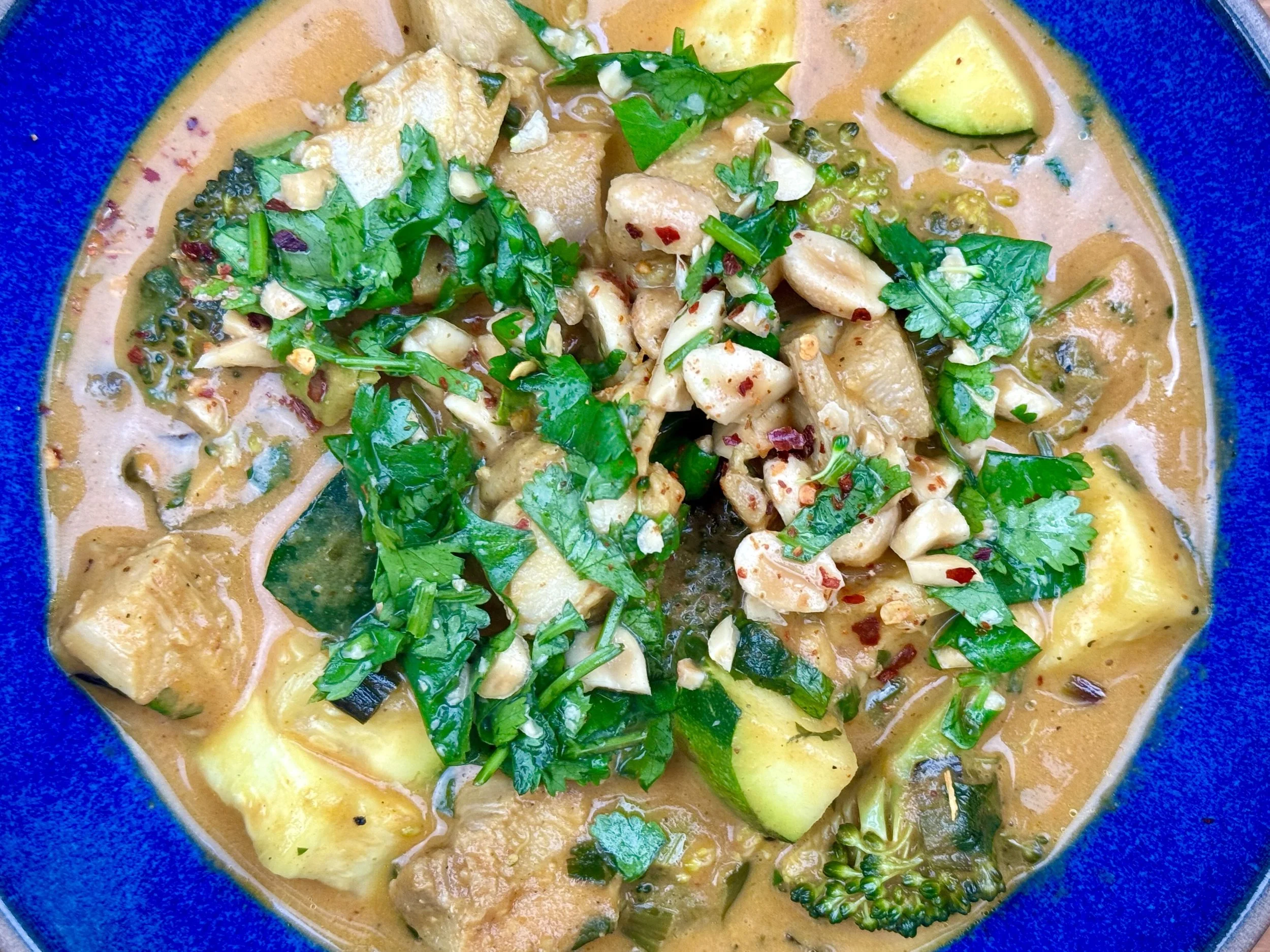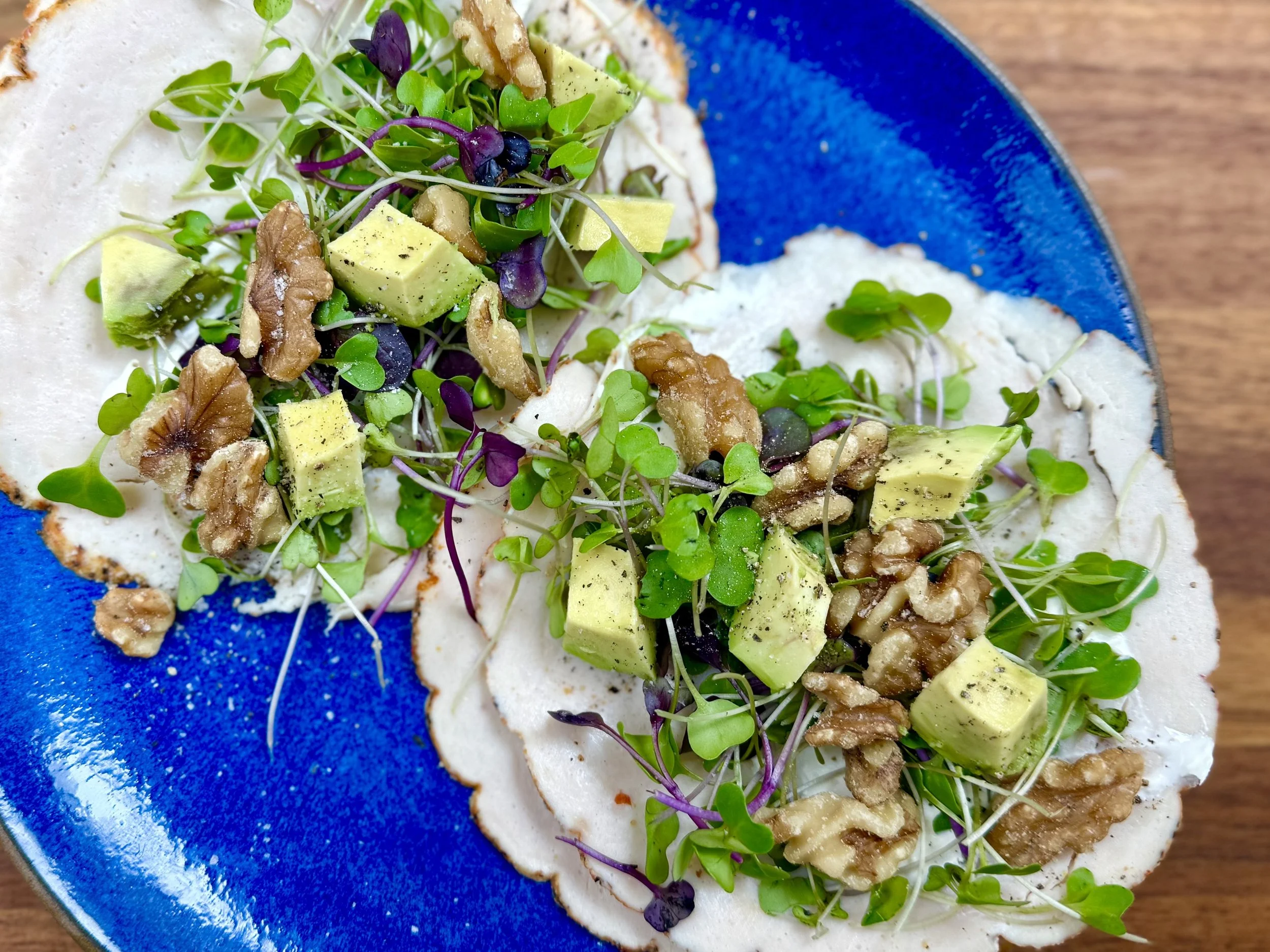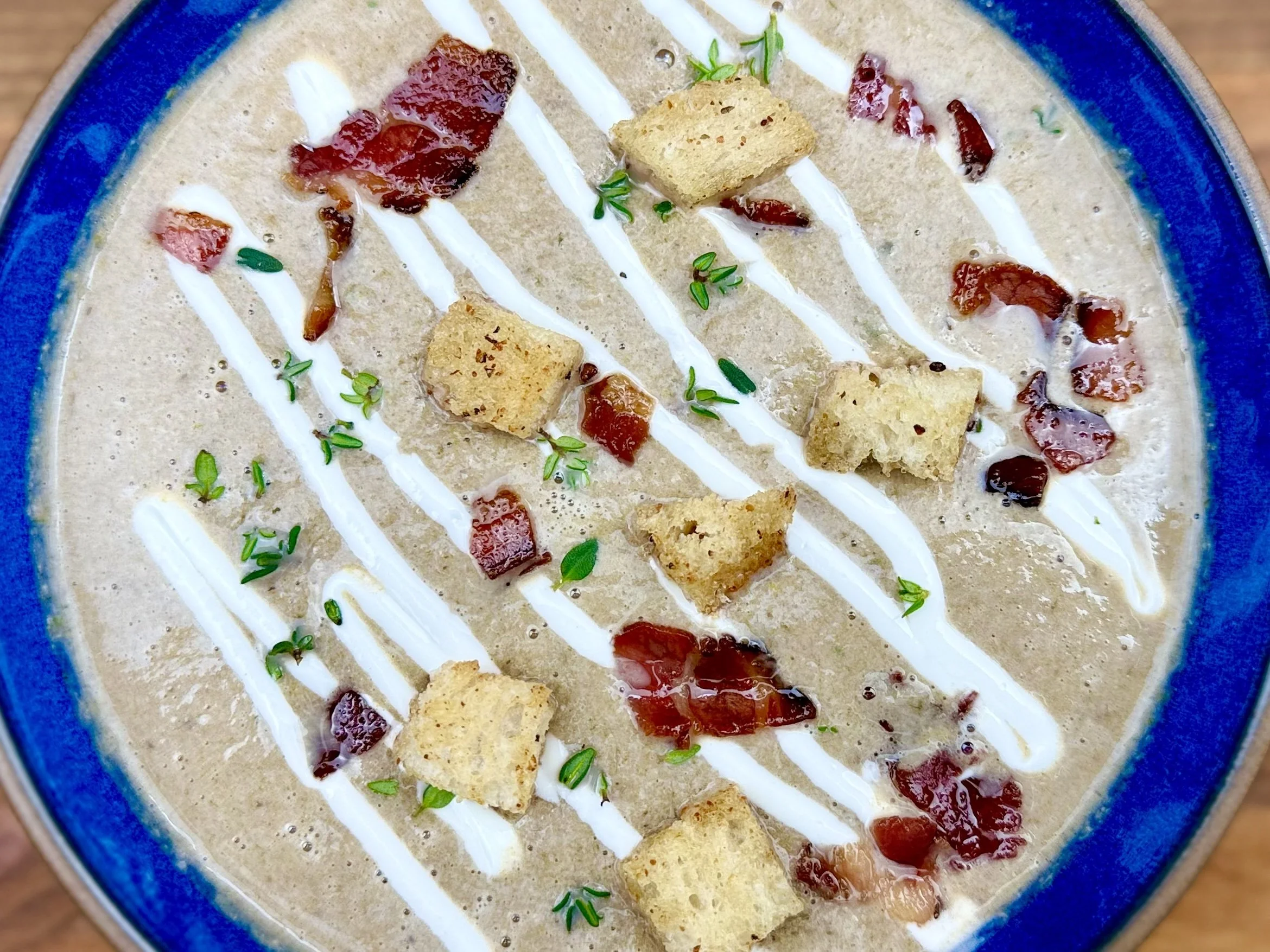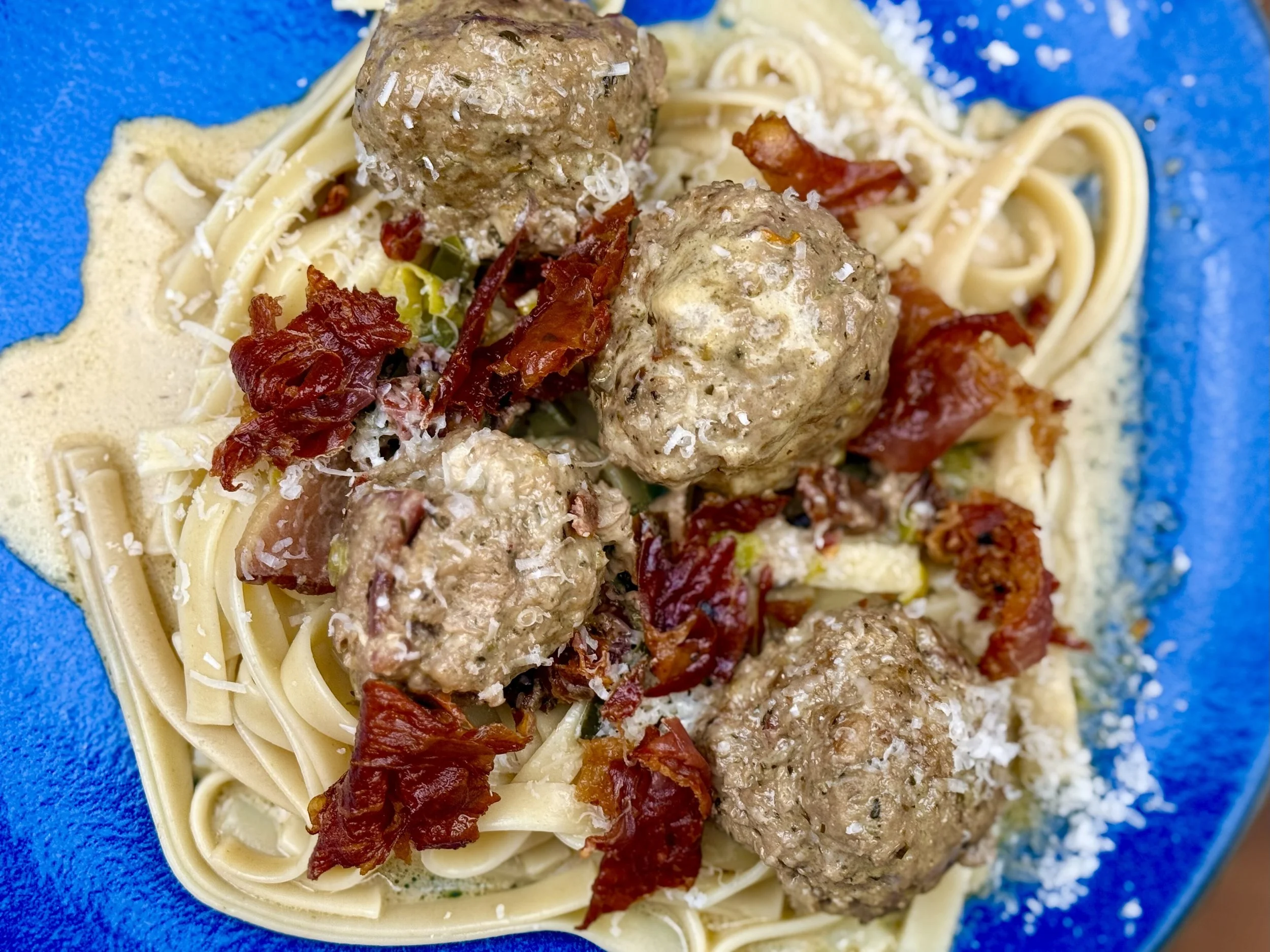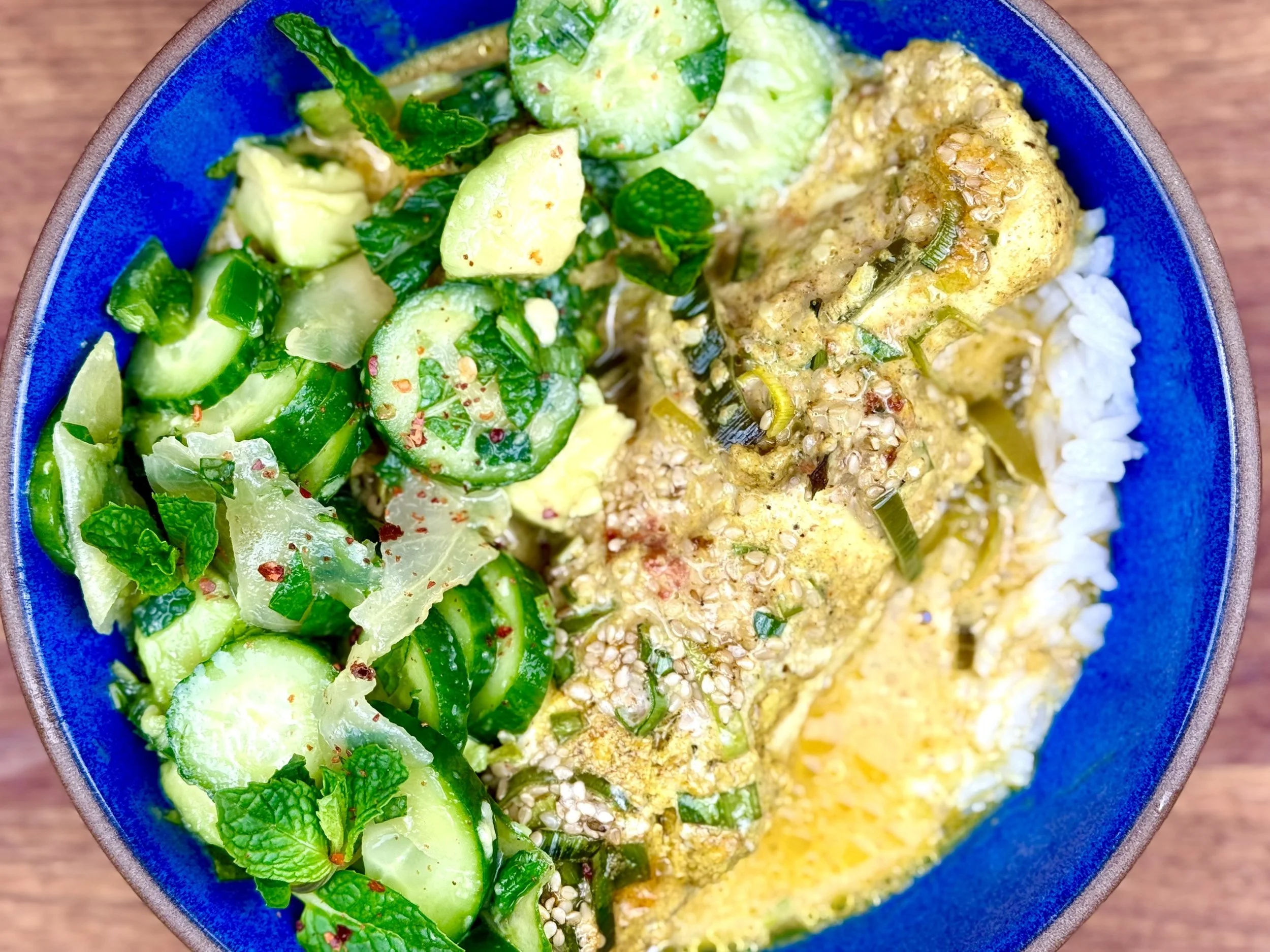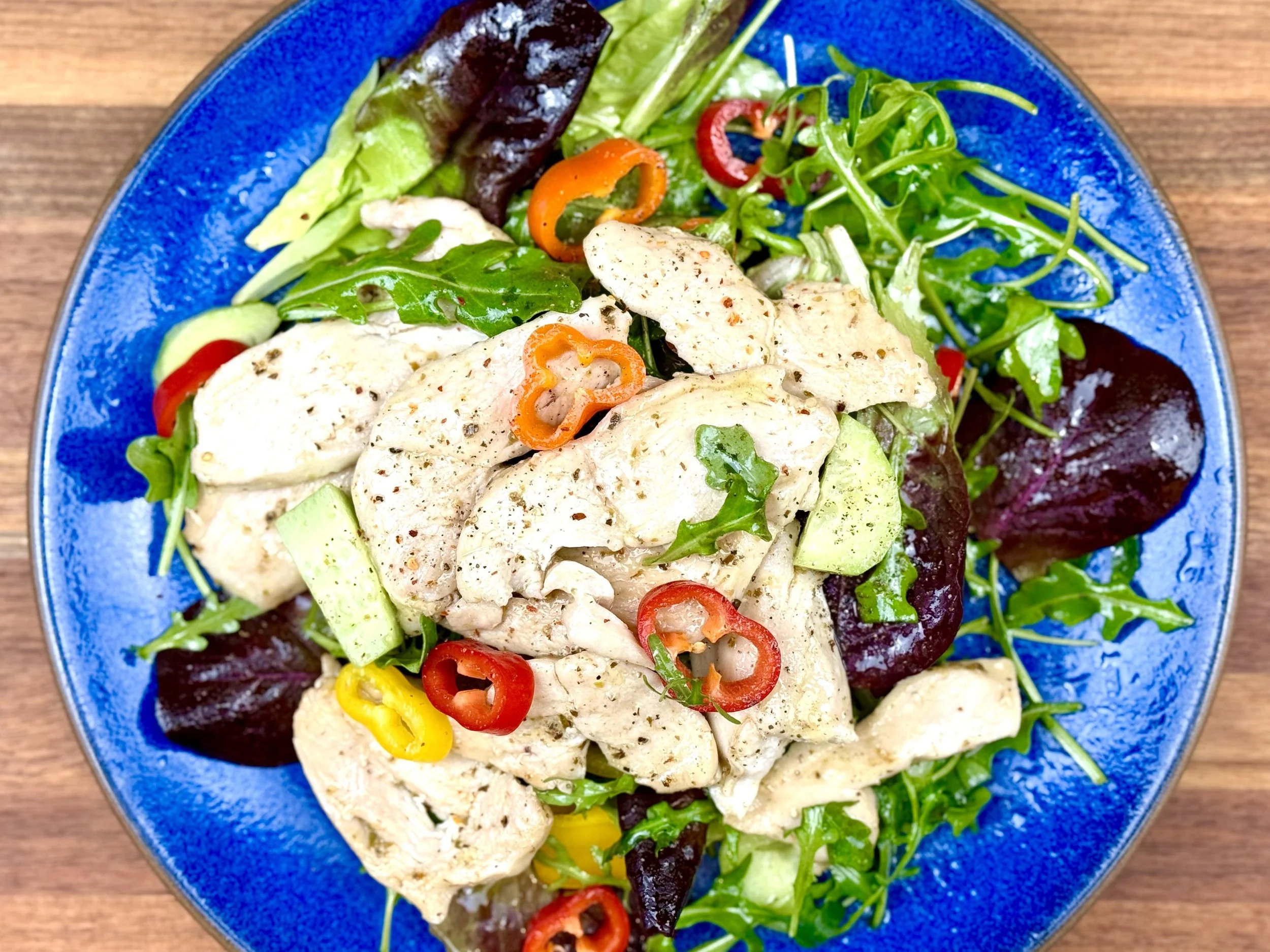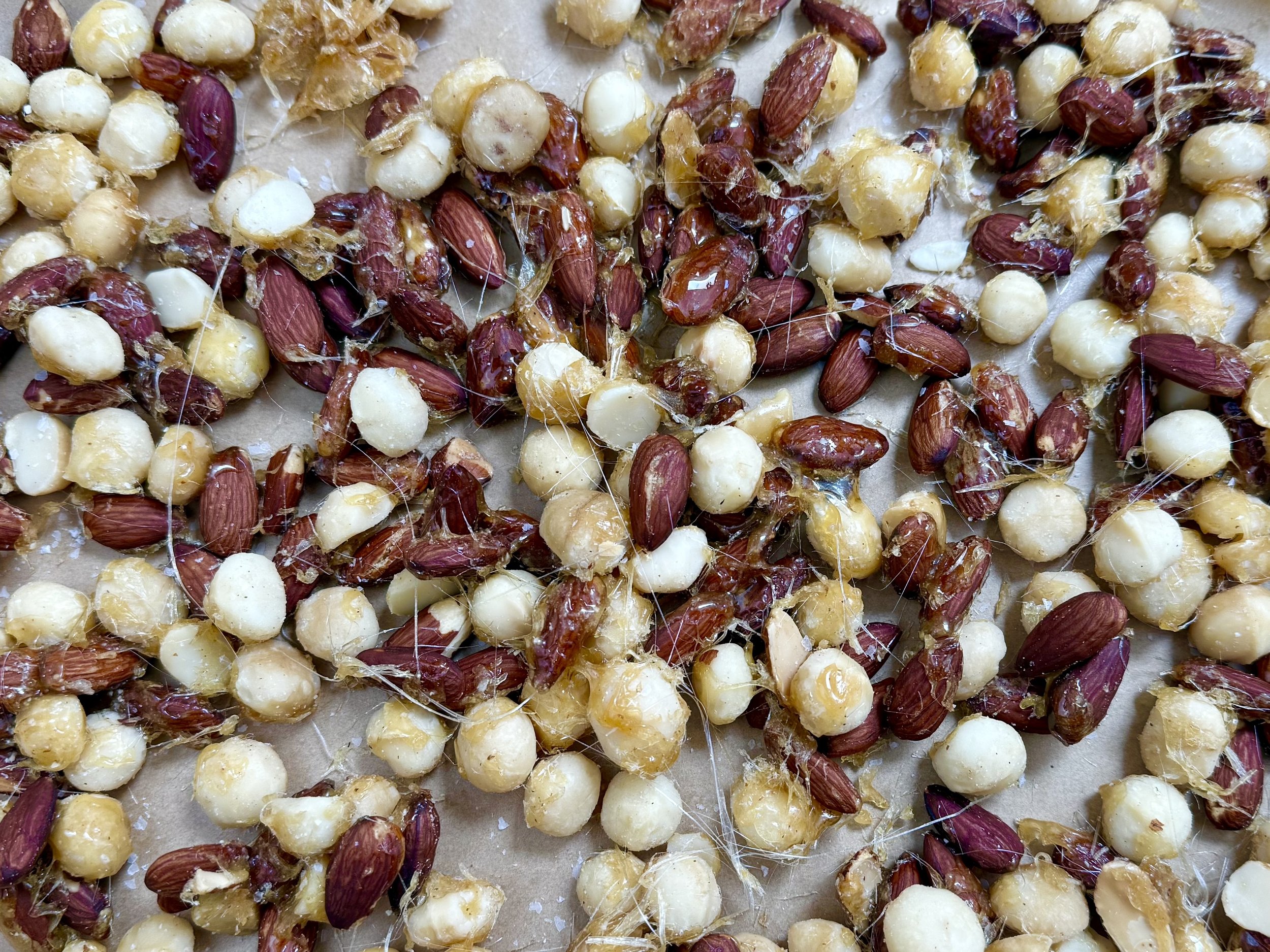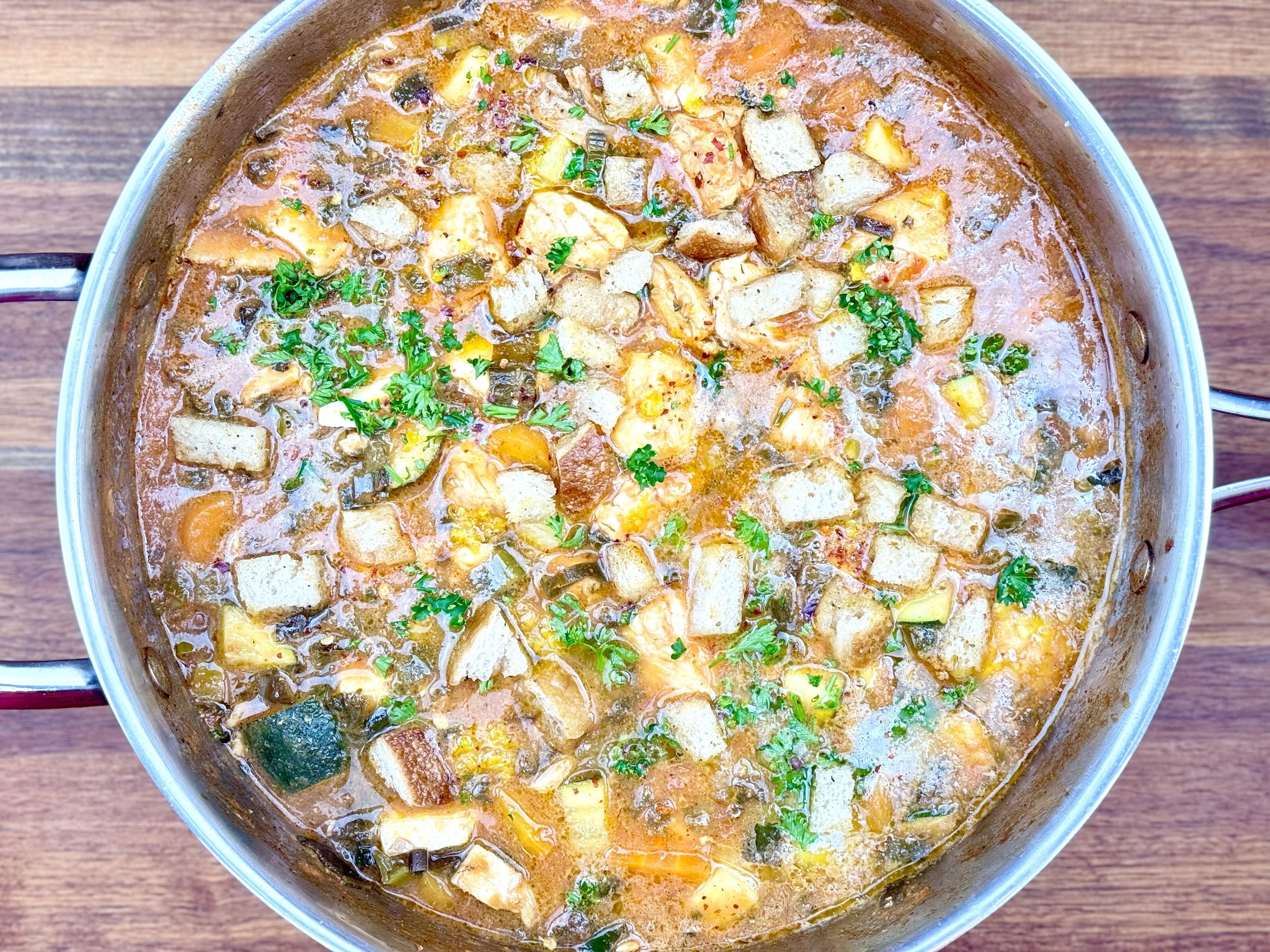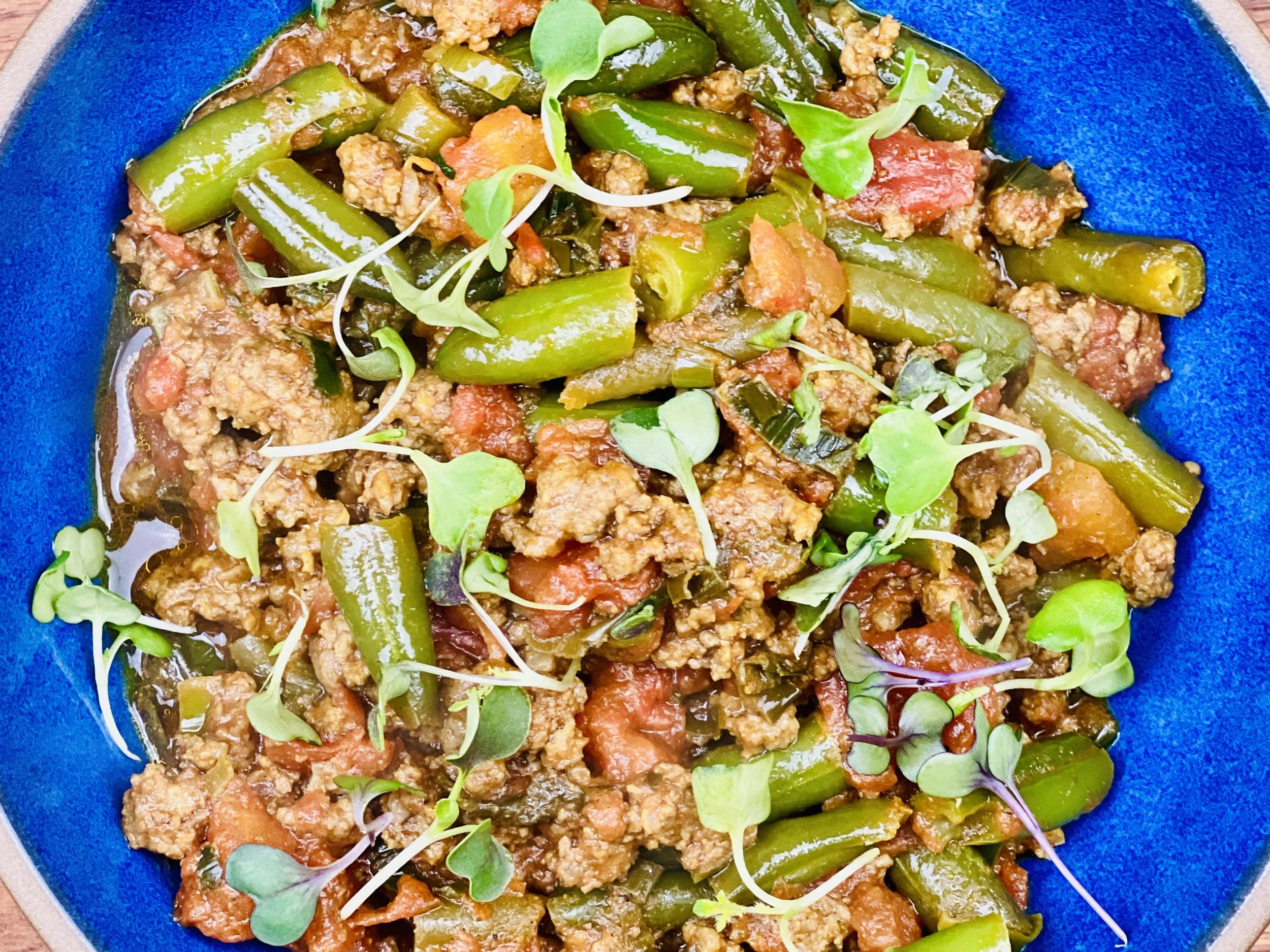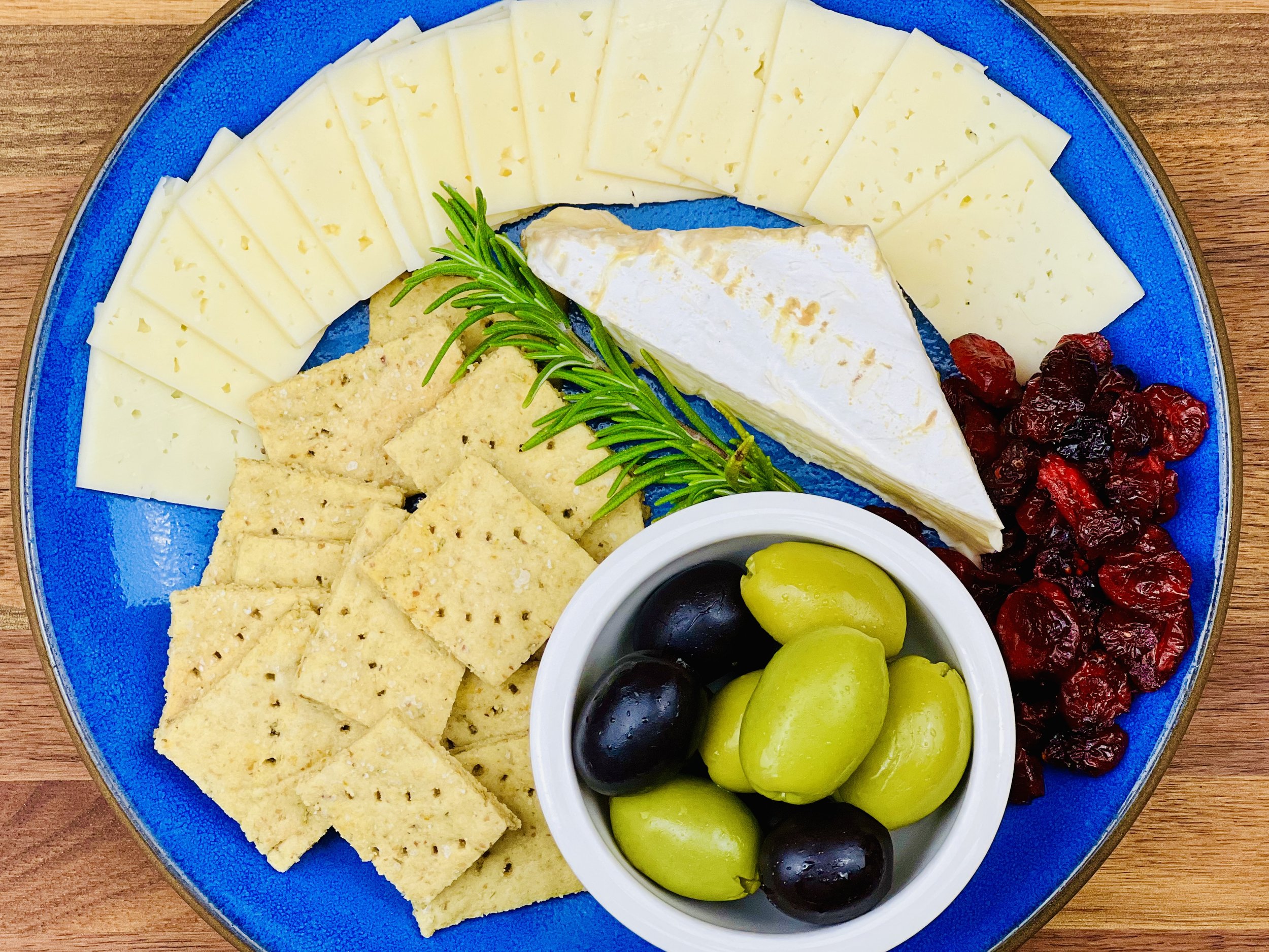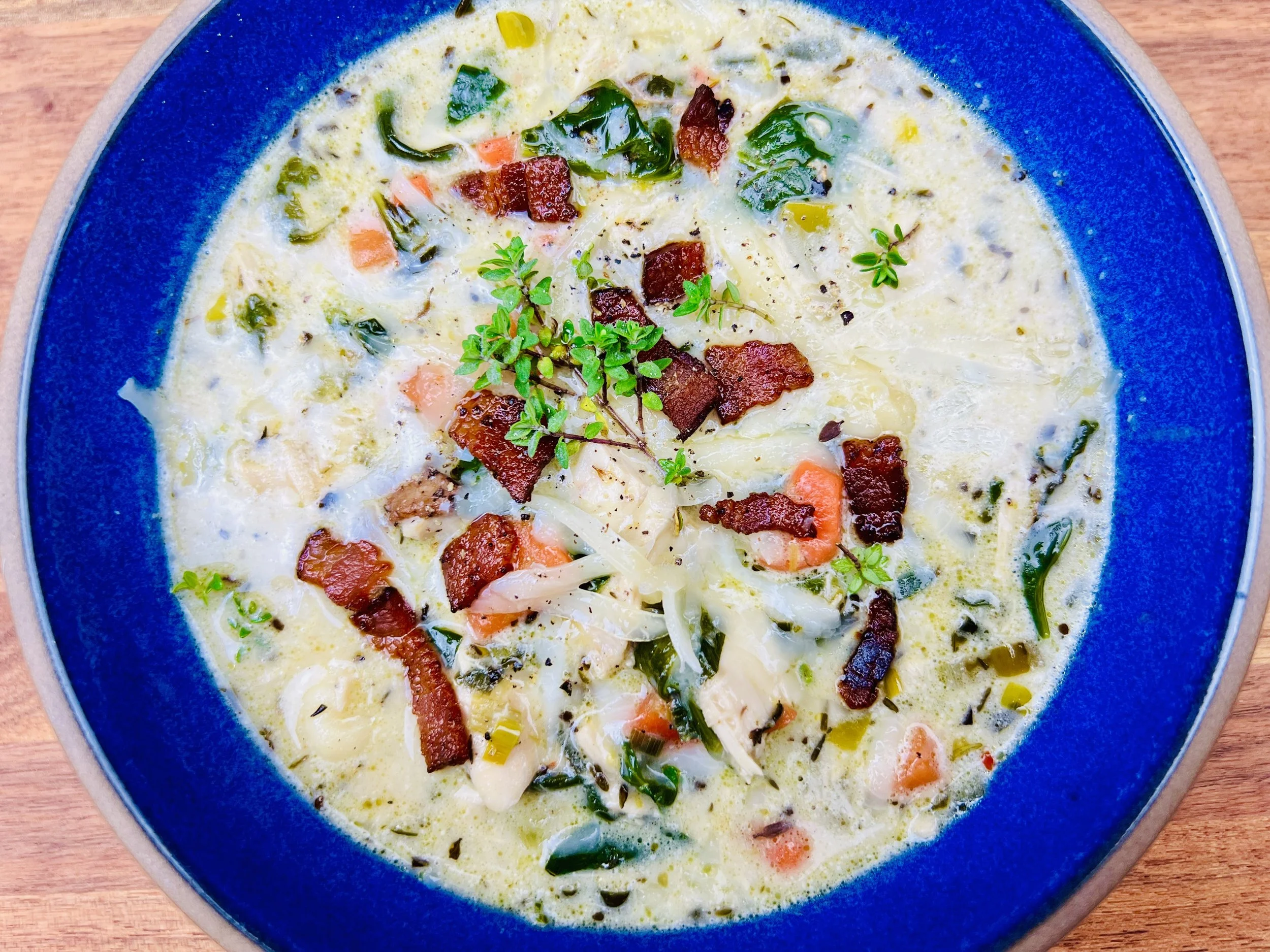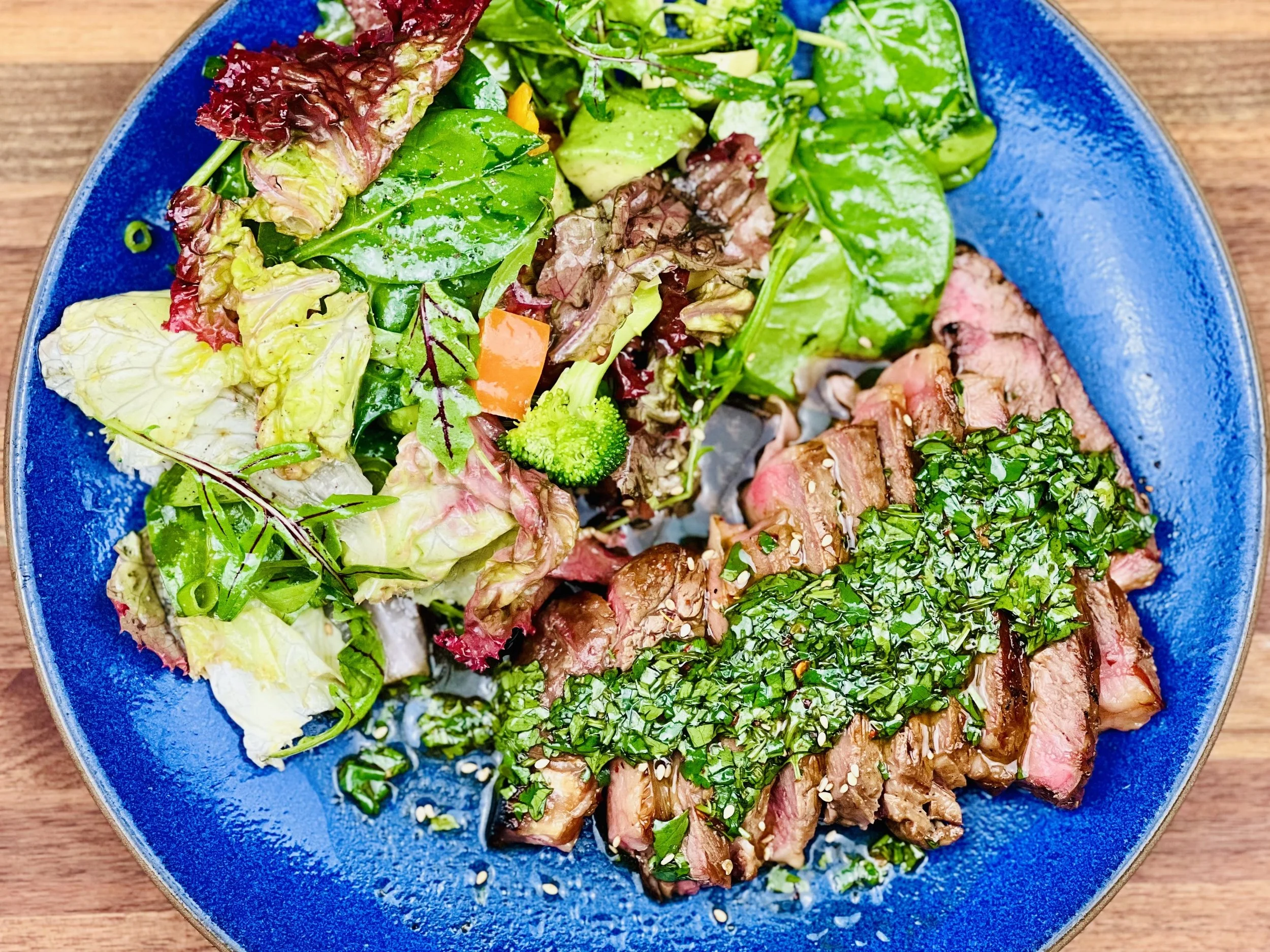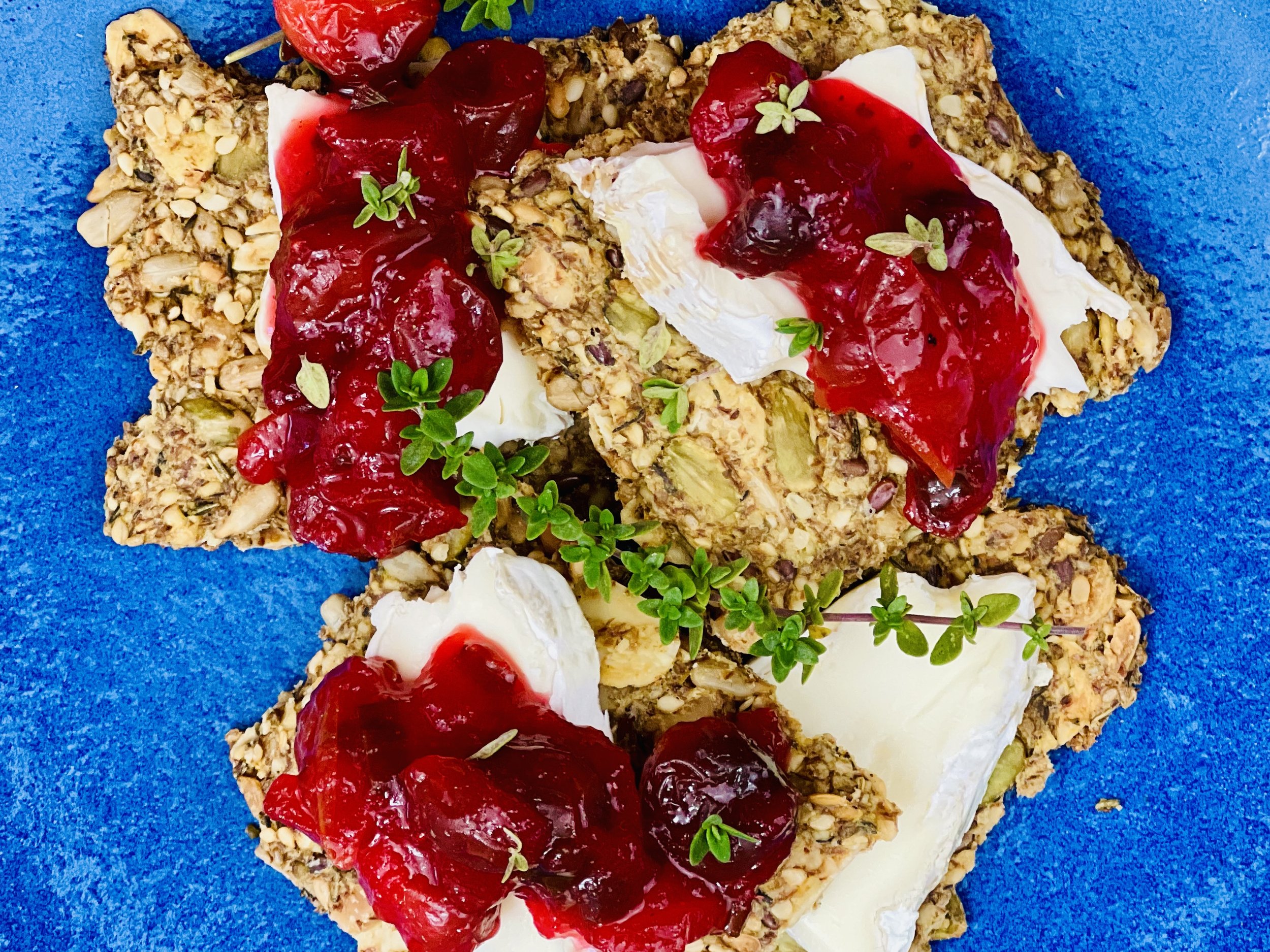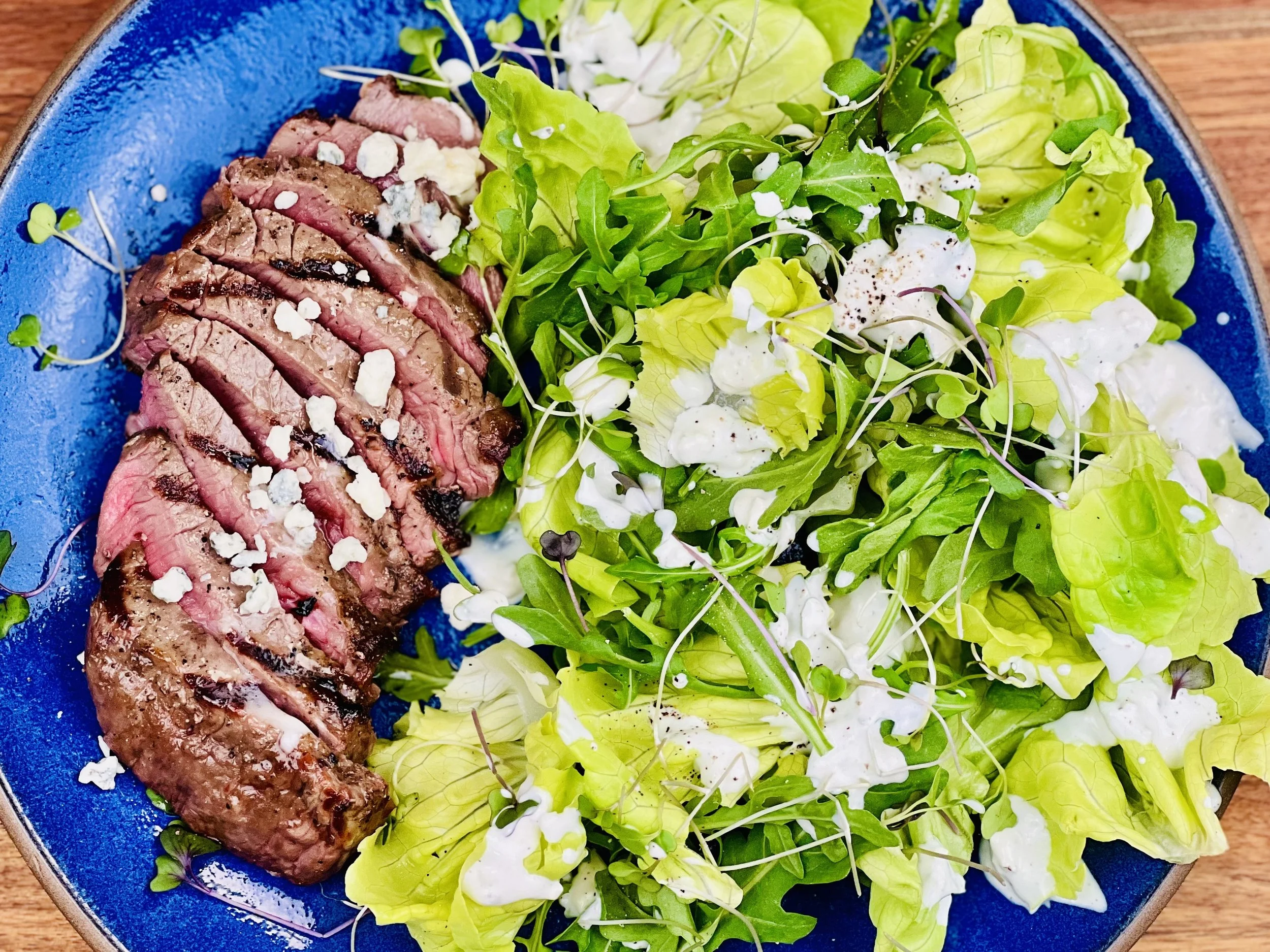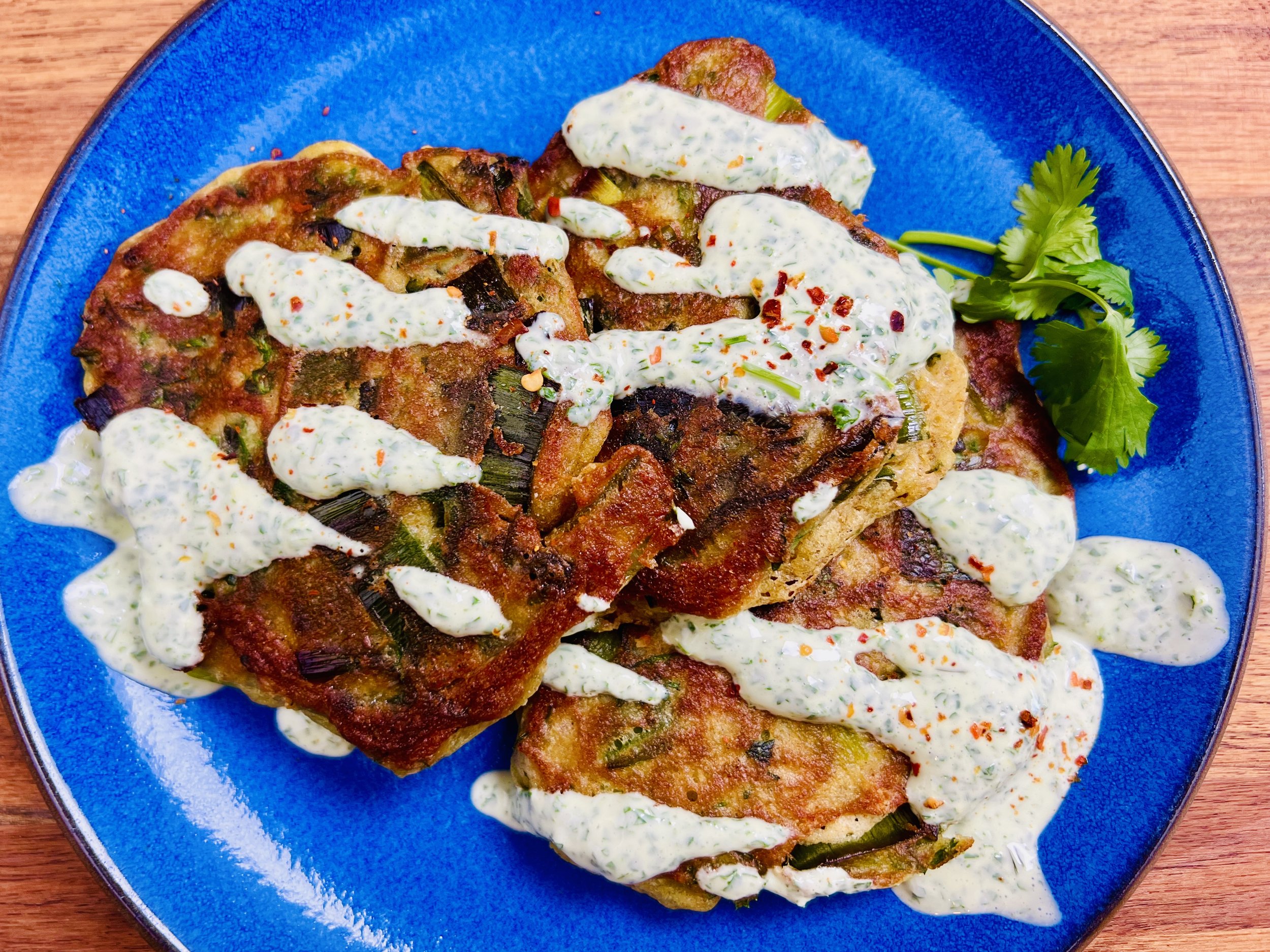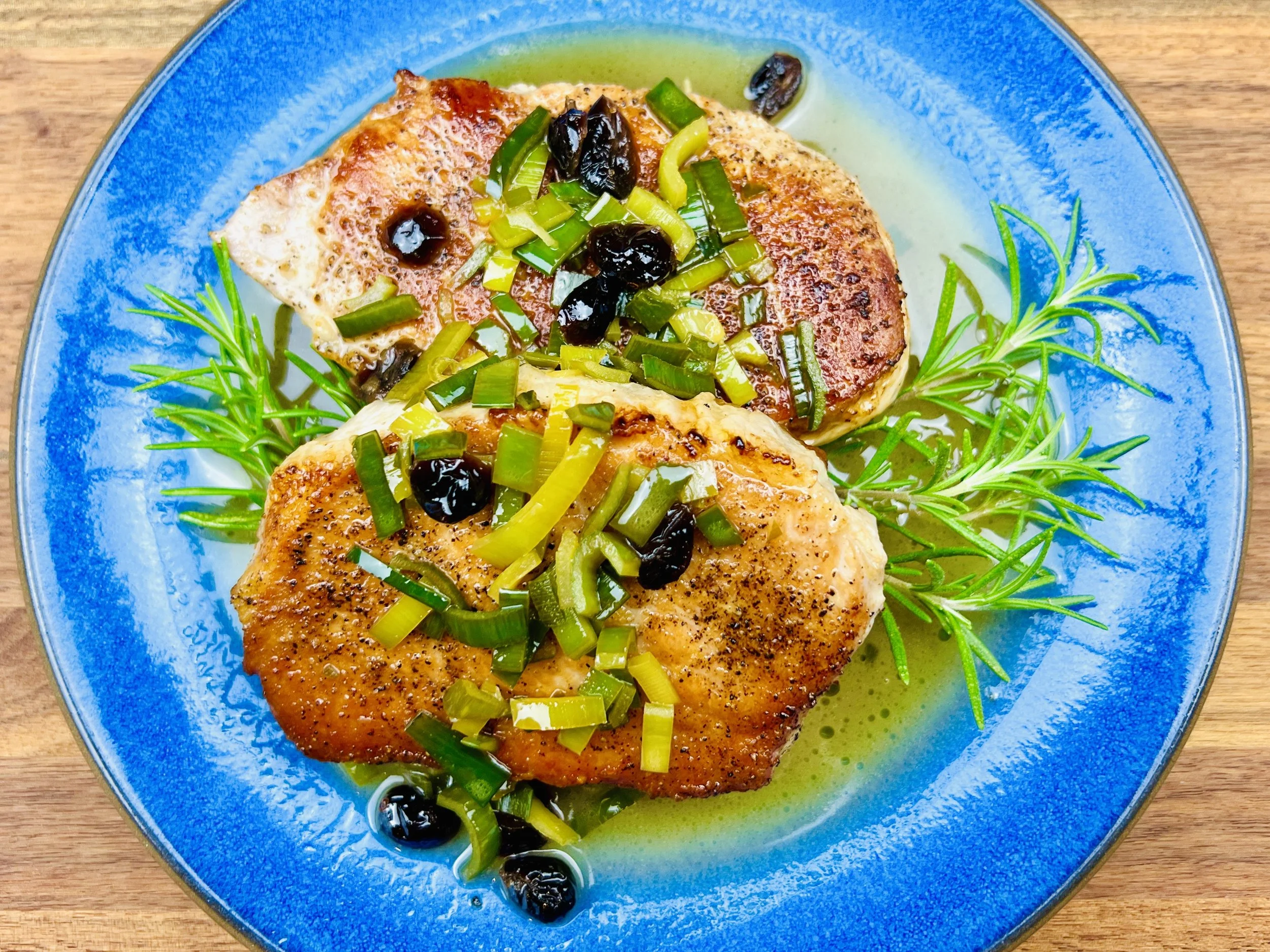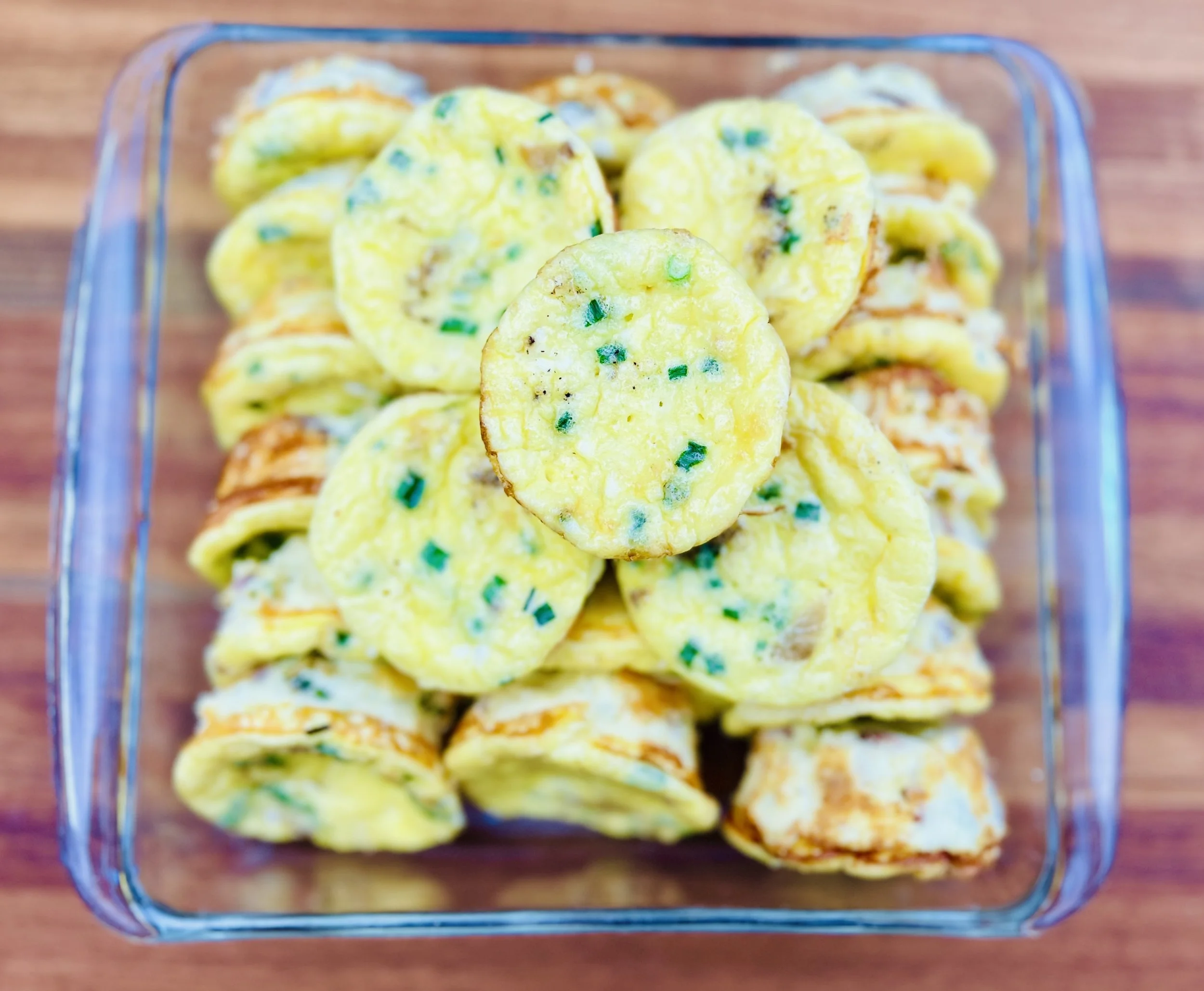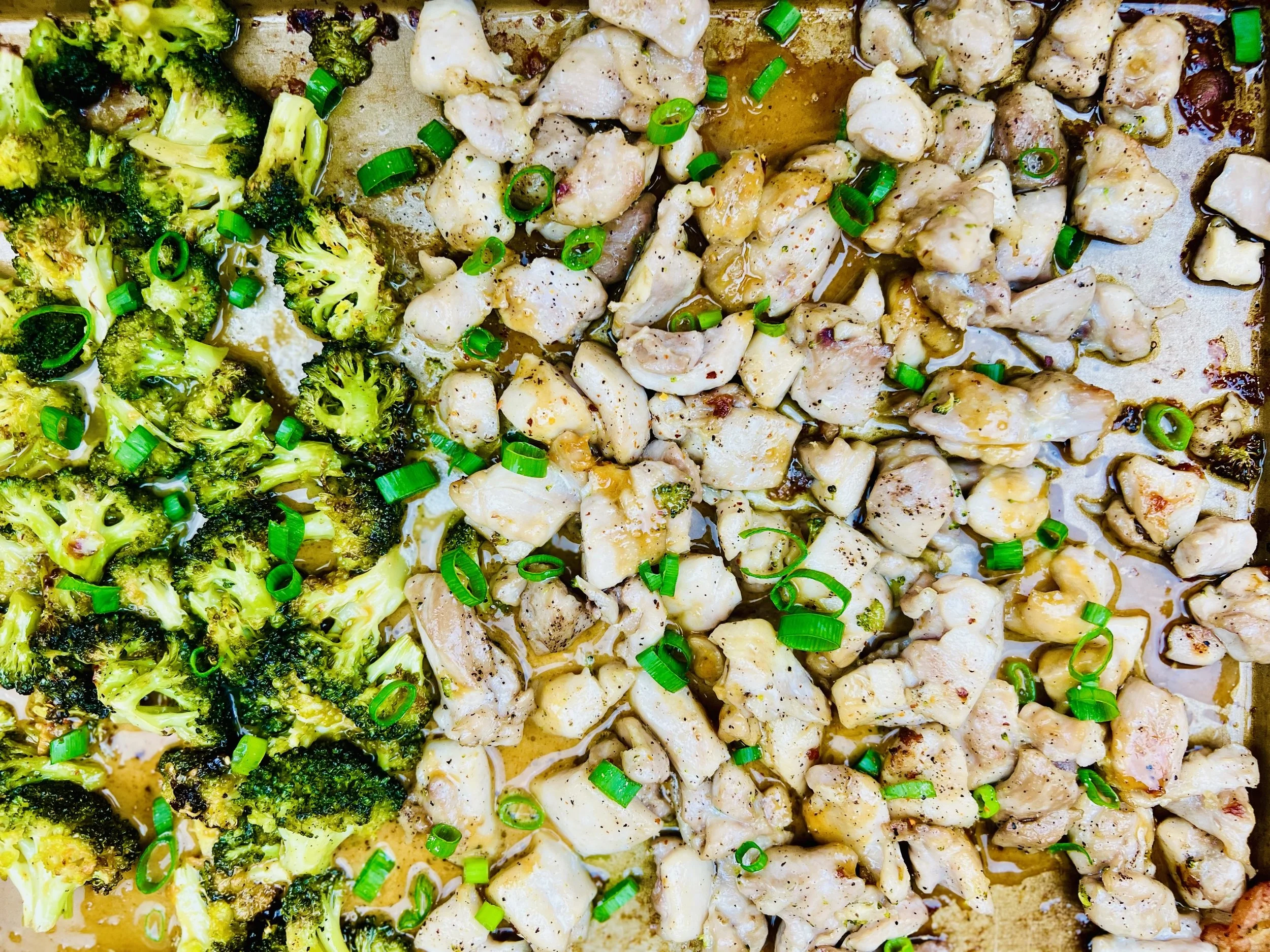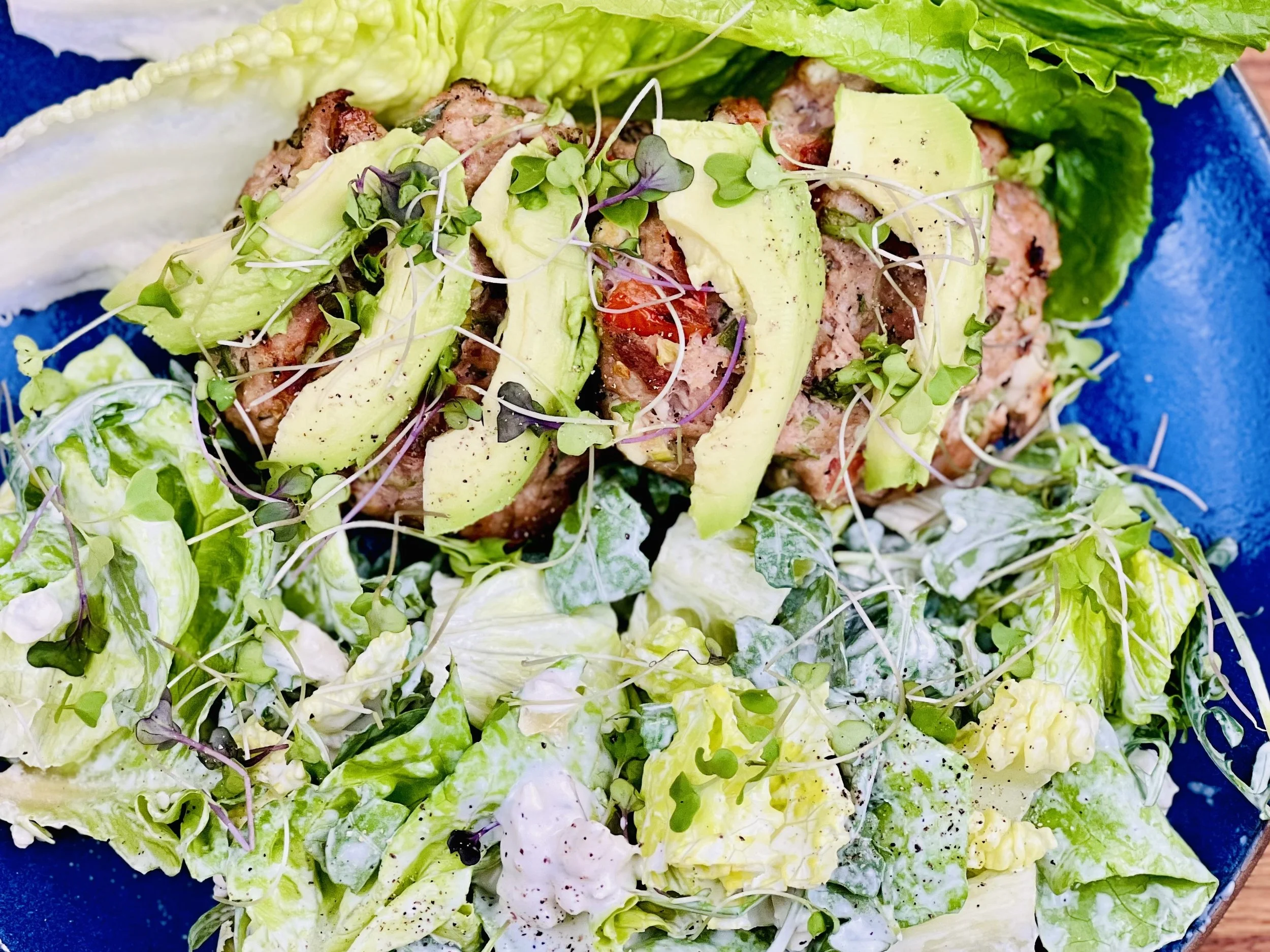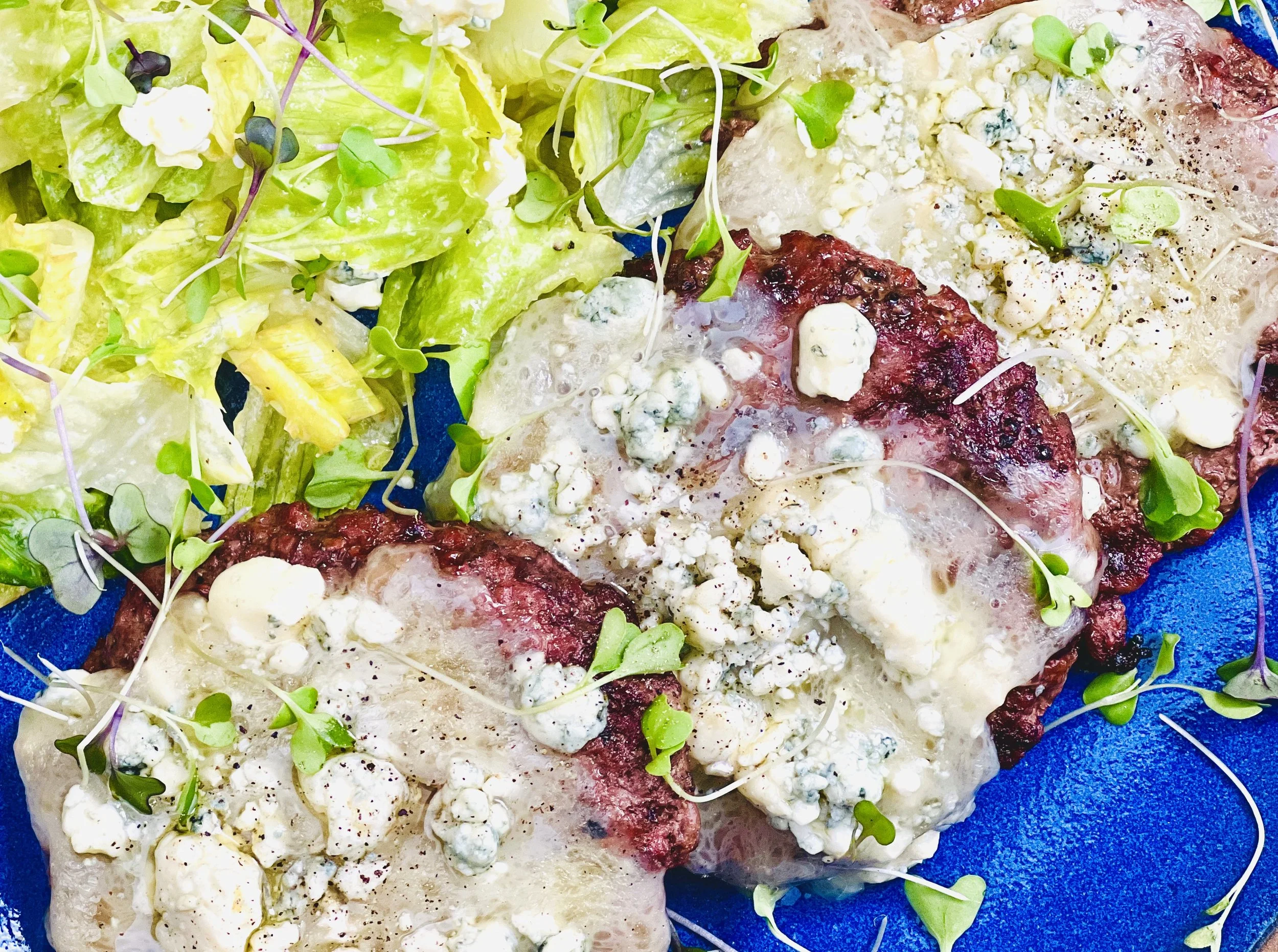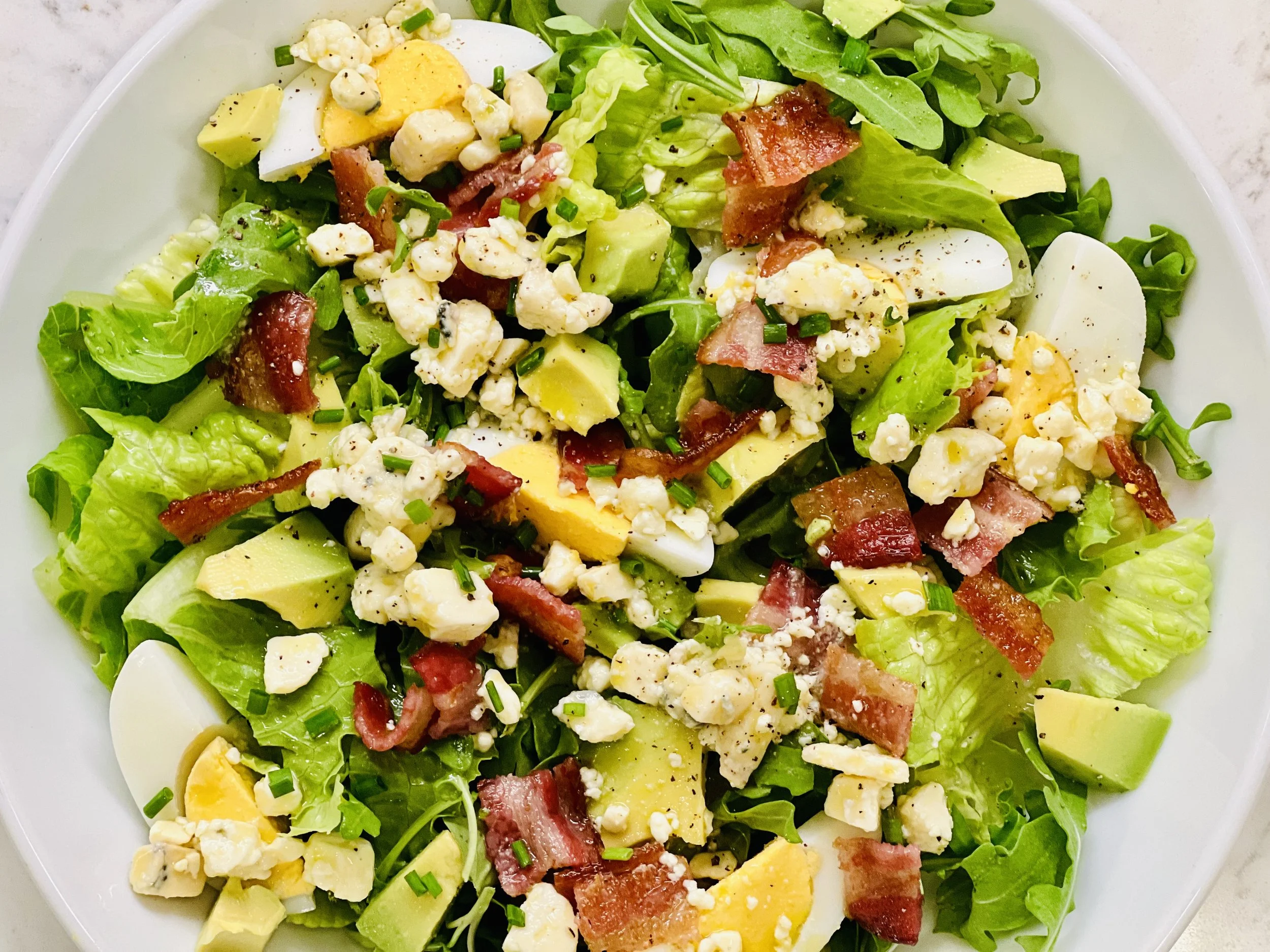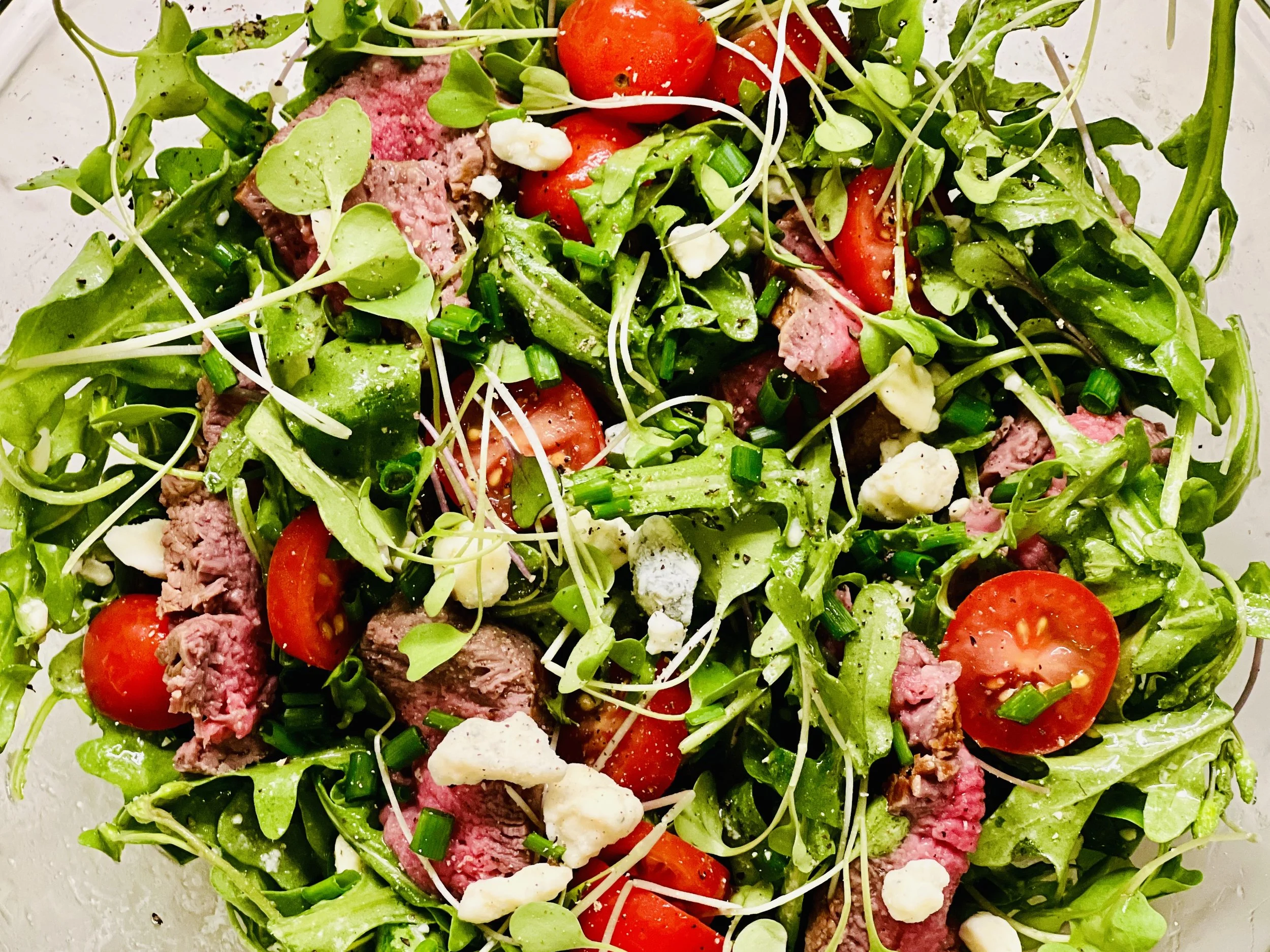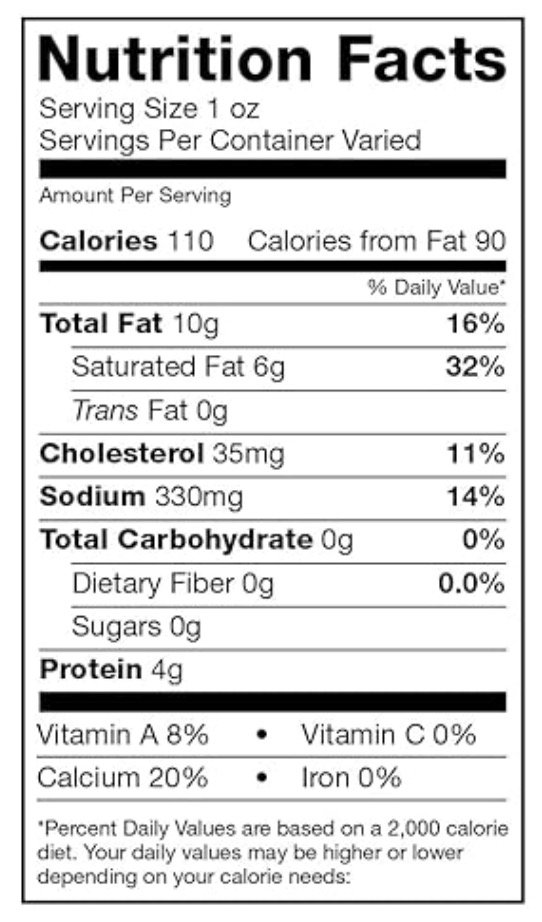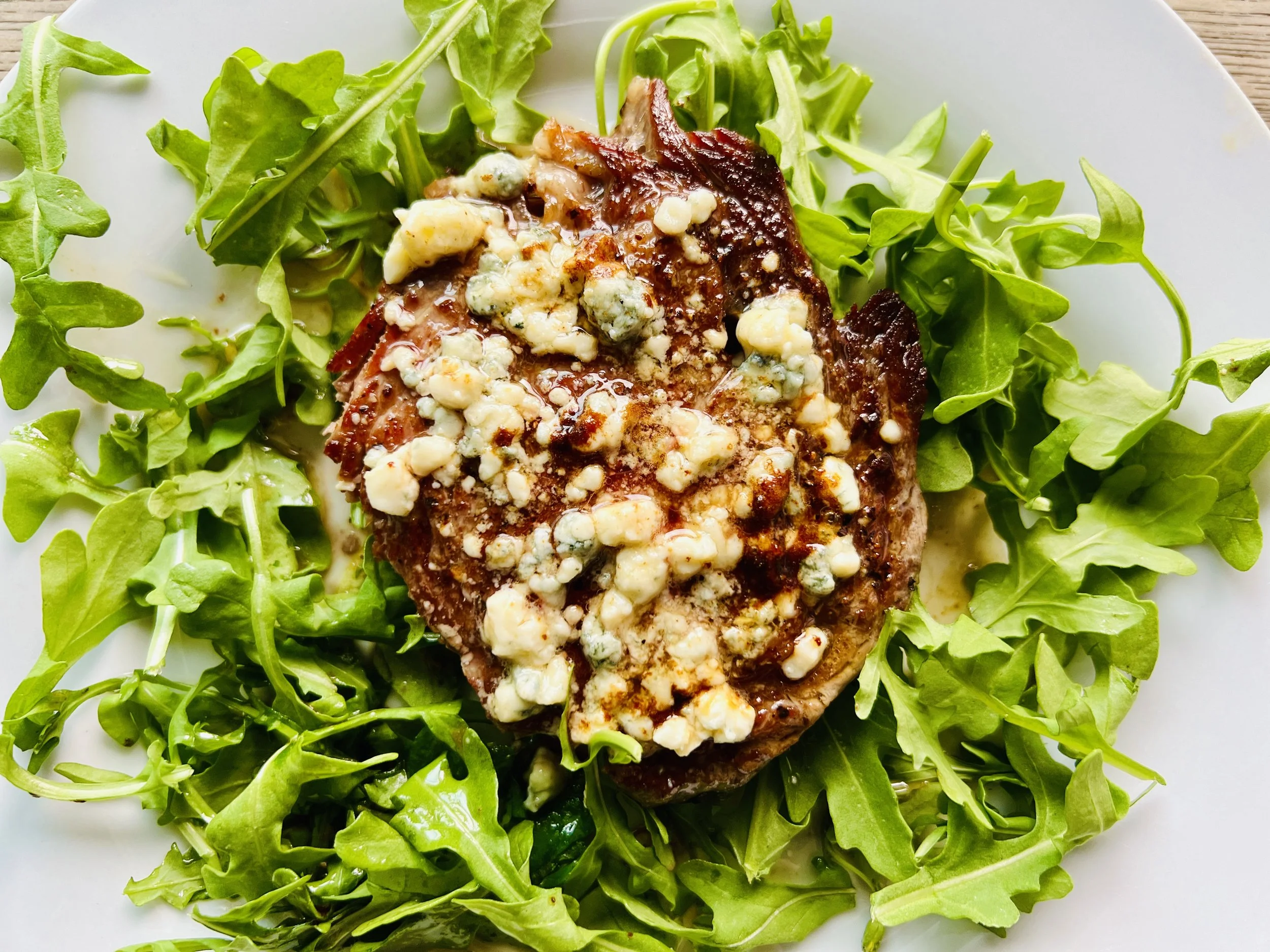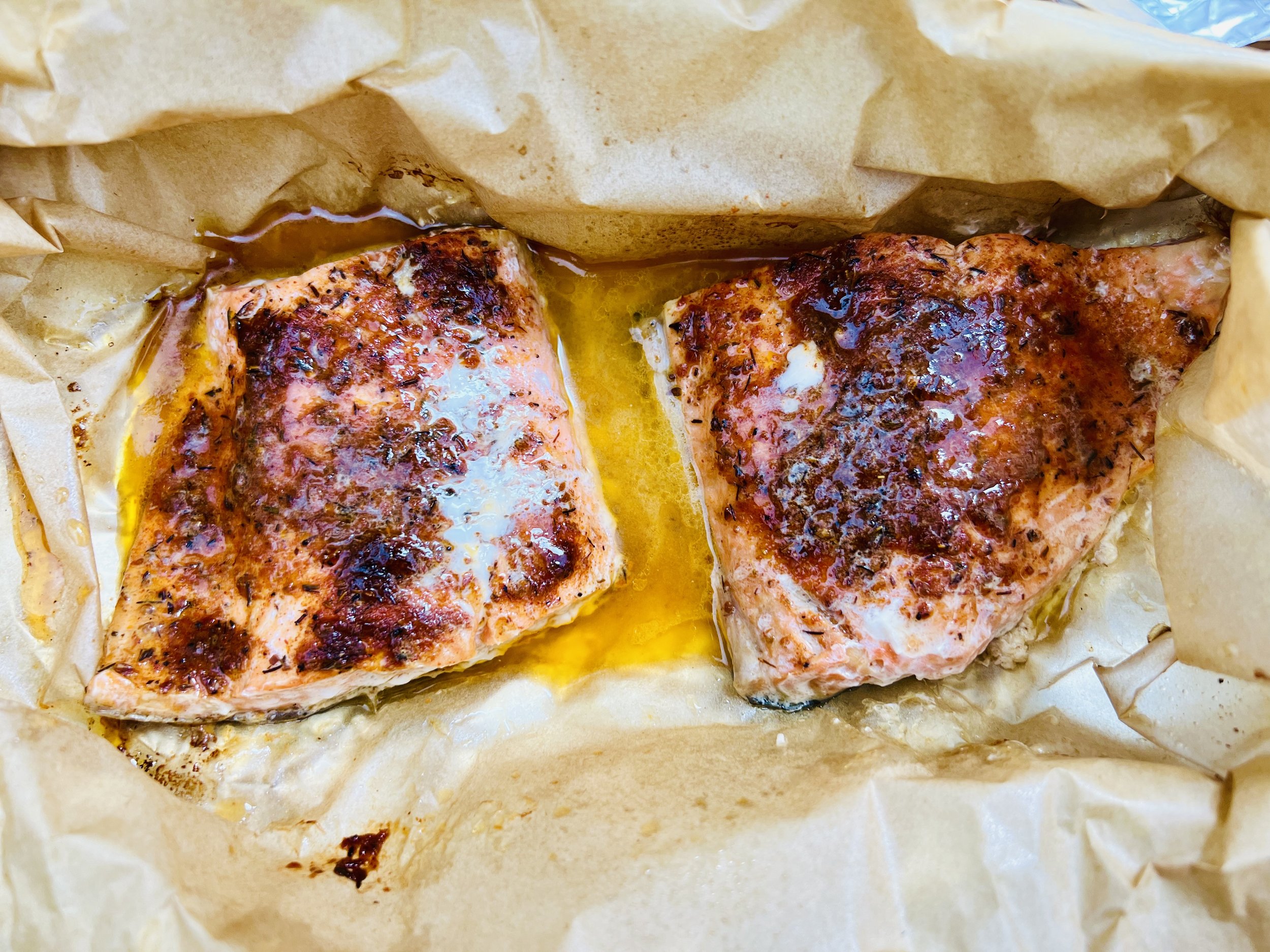Deliciously Low FODMAP
Inspire yourself with hundreds of delicious low FODMAP recipes, tips, and tools, and enjoy the abundance that is yours even when you have IBS.
Use the buttons and filters to find something specific or browse the complete collection for inspiration.
Discover a treasure trove of recipes with my FREE recipe club! Get new ideas delivered straight to your inbox every week.
Deliciously Low FODMAP is a trademark of IBS Game Changer, LLC
Filter to find Recipes and Tools
More Filtering Options
- All 733
- Appetizer 50
- BBQ 46
- Bowl 32
- Breakfast 58
- Cocktails 13
- Collection 1 58
- Collection 10 27
- Collection 11 30
- Collection 12 27
- Collection 13 31
- Collection 14 29
- Collection 15 31
- Collection 16 34
- Collection 17 31
- Collection 18 33
- Collection 19 36
- Collection 2 32
- Collection 20 33
- Collection 21 33
- Collection 22 40
- Collection 23 15
- Collection 24 1
- Collection 3 28
- Collection 4 29
- Collection 5 30
- Collection 6 32
- Collection 7 31
- Collection 8 31
- Collection 9 32
- Condiments 6
- Crock Pot 4
- Dessert 108
- Diabetes Game Changer Exception Protocol Contains Alcohol 11
- Diabetes Game Changer Exception Protocol Contains Flour 109
- Diabetes Game Changer Exception Protocol Contains Flour AND Sugar 77
- Diabetes Game Changer Exception Protocol Contains Sugar 49
- Diabetes Game Changer First Four Weeks 366
- Dinner 333
- Drink 8
- Easter 1
- Free Guide 17
- Gluten-free 594
- Gut Microbiome 2
- Guthealth 3
- Holidays 69
- IBS Triggers 4
- Keto Friendly 126
- Lactose-Free 175
- Low FODMAP Diet 719
How to Identify FODMAP-Free Foods Like a Pro
Tips for identifying FODMAP-free foods
Navigating the low FODMAP diet can feel overwhelming, but knowing which foods are FODMAP-free makes meal planning so much easier! If you’re using the Monash FODMAP App, spotting FODMAP-free foods isn’t always obvious at first glance.
Here’s the trick:
Click on a food in the app (e.g., chicken)
Confirm the app ONLY shows a "green” serving size of that food (if there are any yellow or red traffic light colors, move on because that food DOES contain some FODMAPs)
Scroll down past the one section of green traffic lights
Look for the phrase “Please note that the ‘green’ traffic light rating system allows you to eat multiple serves of ‘green’ foods per meal.”
If you see this statement, combined with ONLY a green light serving size, you’re in the clear! These foods are officially FODMAP-free, meaning you can enjoy multiple servings in one sitting. Note: As with any food, too much of one thing can be hard for your system to digest—so continue to eat a variety of foods with every meal and snack.
Let’s Talk Protein!
Good news—all meats are naturally FODMAP-free! This makes them an excellent foundation for your meals (keeping in mind, marinades and seasonings may contain FODMAPs so be aware of those). Here are some high-protein, FODMAP-free options:
✅ Chicken
✅ Beef
✅ Pork
✅ Lamb
✅ Fish
✅ Seafood
✅ Eggs
What About Veggies?
Adding FODMAP-free vegetables to your plate ensures you’re getting plenty of fiber without triggering symptoms. Here are some excellent go-to options:
🥔 Potato
🥬 Arugula (AKA Rocket)
🥕 Carrot
🥒 Cucumber
🎃 Patty pan squash (AKA button squash)
🥬 Lettuce, red coral (red leaf)
🥄 Pickled beetroot
🌰 Parsnip
🍃 Rhubarb
Are There Any FODMAP-Free Fruits?
Yes! But keep in mind that even FODMAP-free fruits should be limited to one serving per sitting (1 cup chopped, 1 medium piece, or 2 small pieces). Some great choices include:
🍌 Firm, banana (no spots)
🍍 Yellow papaya
🍊 Mandarin orange
🍊 Navel orange
🍈 Dragon fruit
🥭 Guava
Other Handy FODMAP-Free Foods
Want to add more variety? Here are some versatile FODMAP-free staples:
🧄 Chives
🫚 Ginger
🥛 Plain lactose-free yogurt
🥛 Lactose-free milk
🍚 Rice
🫒 Olives, olive oil, avocado oil
5 Easy FODMAP-Free Meal Ideas
Ready to put it all together? Here are five simple, delicious meal ideas made entirely with FODMAP-free ingredients:
🥩 Meat & Roasted Veggies – Roasted root veggies (potato & carrot) tossed with extra virgin olive oil, salt, and, pepper.
🐟 Salmon & Salad – Baked potato with a salad of arugula and cucumber tossed with a simple oil and vinegar dressing.
🍗 Chicken Stir-Fry – Sautéed chives, ginger, carrot & parsnip served over rice.
🥚 Veggie Frittata – Eggs, potato, patty pan squash & chives topped with grated cheese.
🍨 Tropical Yogurt Bowl – Plain lactose-free yogurt with diced yellow papaya & dragon fruit.
Final Tips
All FODMAPs are carbohydrates (although not all carbohydrates are FODMAPs). So, if a food contains no carbohydrates, it also contains no FODMAPs.
Foods and portion sizes change as research evolves. Always check the Monash FODMAP App for updates before digging in!
Now, eat and enjoy every bite, because you can! 🎉
A new green just in time for Saint Patrick’s Day: Sweet Garleek!
Garleek is a vegetable that's a cross between garlic and leeks, and the low-FODMAP greens add a wonderful flavor to your savory dishes
Have you spotted this new green in your market or produce stand yet? Garleek is a vegetable that's a cross between garlic and leeks, and the low-FODMAP greens add a wonderful flavor to just about everything you might put garlic or onion in! Garleek has the sweetness of leeks and the savory notes of garlic. As with other garlic/onion family vegetables, it’s recommended only to eat the green part, leaving the FODMAP-containing white part out. You can eat the greens raw in salads and as garnish, grilled, roasted, sautéed, or baked into your favorite savory dishes.
Developed by Allium breeder Hans Bongers, Sweet Garleek has a buttery texture, concentrated flavor, grows from spring to fall, and is harvested at a diameter of about ½-inch. When you find it in the store, it will look like oversized green onions or undersized leeks!
Preparation
You can use sweet garleek in vinaigrettes, sautéed, grilled, or roasted
To sauté, cut off the white base and slice the green stalks in half lengthwise
Rinse well under cold water
Chop the greens into 1/8-inch pieces
Heat a large sauté pan over medium-high heat
Add olive oil and your sliced Garleek greens
Sauté until tender
Storage
Roll the stalks in a dry paper towel
Put the stalks in a plastic bag or storage container
Store in the vegetable drawer of the refrigerator
Wash thoroughly before use
Watch for new recipes using delicious Garleek!
Stop letting discouragement derail your health: 8 Tips that work
In this blog post I’m sharing 8 strategies to overcome the feelings of discouragement and fear that may be standing in the way of your success.
Okay, friends, let's talk guts—both the kind churning with IBS and the kind it takes to face a challenge. If you're a regular to my blog, you know my amazing sister, Sarah Aitken (RN, MS, WHNP/FNP, MHP, NBC-HWC—yes, she's that impressive), runs a fantastic program focused on diabetes and pre-diabetes. Now, you might be thinking, "Diabetes? What's that got to do with my perpetually grumpy gut?" Well, Sarah's insights often overlap beautifully with the IBS world, and her latest article about finding courage in the face of feeling discouraged and afraid? Pure gold. Seriously, give it a read. And if you want more wisdom delivered straight to your inbox (because who doesn't love a little Monday Motivation?), sign up for her newsletter right here. Trust me, your inner (and outer) self will thank you. Want to listen instead of read? Released every Monday, Sarah’s podcast, available on Apple Podcasts and Spotify is delightfully educational and entertaining.
Republished with permission of Sarah Aitken
Discouraged. It’s an emotion I’ve been experiencing while dealing with a serious website problem for the last week.
I took a moment to really look at that word. It means lacking courage. Feeling scared.
Embarking on radical lifestyle change (for most people, eating in a way to reverse insulin resistance IS a radical change) requires courage. Will it work for me? Will I be able to stick to it? Can I design an eating plan that feels sustainable so that I can remain on it forever? I had a setback. Will I ever get back on track?
Taking a leap of faith requires courage. Getting back on track requires courage. Sticking to something in the face of adversity requires courage.
Courage means you are not allowing circumstances to get the best of you. It is making the right decisions in the face of fear. It is getting back on that horse and trying it again. It is taking risks and dealing with uncertainty. It is making “bravery” a habit.
Being courageous doesn’t mean you are not afraid. It means you are doing something even though it scares you to do it.
Here's some great news: courage can be learned and cultivated!
Here are 8 ways to overcome the feeling of “discouraged” when fear has you stuck:
Acknowledge that when you feel discouraged, it is not because you can’t do something, it’s because you are letting fear stop you from trying again. Face the feeling of fear. Sweeping it under the rug gives it power. Courage is not about eliminating fear, it’s about moving forward in spite of fear being present.
Confront the feeling and become curious about it. What is it about the present situation that is scaring you? What would happen if you felt more courageous about it? Could it be that you are protecting your ego from experiencing failure? The reality is, continuing to try in spite of setbacks and failures makes you stronger and more resilient.
Get comfortable with being uncomfortable. Dale Carnegie once said, “Do the thing you fear to do and keep on doing it...that is the quickest and surest way ever yet discovered to conquer fear.”
Make doing brave things a habit. Consciously strengthen your courage like a muscle by practicing it. In her book Fear Is Not An Option author Monica Berg recommends making a list of things that you would do if you weren’t afraid. If you made a list, what would it look like? Could you start doing some of those things now?
Fear is often a pretend worry about something that MIGHT happen, but which is not actually happening right now. What are some other outcomes that are just as likely? Give equal airtime to alternate thoughts regarding the future and stay grounded in what is happening right now.
Embrace failure! Success is much less about succeeding perfectly and much more about tolerating the failures along the way. Get curious about failure – see what you can learn from it. Build your resilience muscle!
Don’t aim for perfection. Approach the problem with a beginner’s mind. Let go of expectations of how it’s going to go and get curious about it. Stop worrying about the outcome.
See fear as an opportunity instead of a roadblock. Fear can even be a handy guide, showing you the areas of your life that need some work.
For me, just writing this article has helped me feel less discouraged about my website problem. I feel a little more courageous, and I’m glad that one silver lining is that once the problem is fixed, I will be all the more able to overcome the next challenge with less fear.
More Deliciously Low FODMAP™ Tips and Tools
The Low-FODMAP Food Detective: Testing New Foods on Yourself
If you want to try a food that has not yet been tested and added to one of the low-FODMAP apps , one of the most important tools in your low-FODMAP arsenal is self-testing.
Living with IBS can feel like a constant culinary guessing game. Are those onions okay? Will that garlic send me into a flare-up? The low-FODMAP diet can be a lifesaver, but navigating it can be tricky.
If you want to try a food that has not yet been tested and added to one of the low-FODMAP apps, one of the most important tools in your low-FODMAP arsenal is self-testing. This involves carefully introducing new foods into your diet to identify your personal triggers. Recently I was in the produce section of my local grocery store and I simply could not leave without the beautiful green Romanesco! I checked and it was not in the Monash app, so, I decided to test it on myself. Read on to understand just how to do that!
Before you are ready to test any new food, you have to make sure your system is in a calm state (i.e., not in a flare-up). That means eating low-FODMAP foods that don’t trigger a reaction for you until you are symptom-free for a few days. That’s when you can start to introduce a new food and get relevant data related to that new food.
Once your gut is in a calm state, here's how to test a new food using your own body as the testing environment:
Choose one food at a time. Start with a small serving (e.g., 1/4 cup of new vegetable).
Isolate the food. Avoid other potential triggers during the test period.
Monitor your symptoms. Pay close attention to your digestion for the next 24-48 hours.
Record your results. Keep a food diary to track what you ate and how you felt.
Testing a Cruciferous Vegetable: Romanesco
Let's take Romanesco as a specific example. This vibrant green vegetable is a member of the cruciferous family, which can be high in FODMAPs and a trigger for some people.
Start with a small portion: Begin with a quarter cup of chopped Romanesco.
Prepare it simply: Steam or roast it lightly with minimal seasonings. Or put it in a salad with other ingredients you know you tolerate well (this is what I did).
Observe your symptoms: Watch for bloating, gas, diarrhea, or constipation.
Important Notes:
Be patient: It may take a couple of days to notice any reactions.
Don't give up! Finding your triggers takes time and experimentation.
If you don’t notice any symptoms: Try the whole process again with a larger amount (1/3 cup vs. 1/4 cup for example).
By diligently testing new foods, you can gain valuable insights into your own digestive system and build the depth of your personalized low-FODMAP plan. We are all different!
Have a question you’d like to have answered? Email me at hello@ibsgamechanger.com
Deliciously Low FODMAP™ recipes
I’ve got IBS. What do I do now?
Take Control of Your IBS: Your Journey Starts Here
Take Control of Your IBS: Your Journey Starts Here
Living with IBS can be frustrating and confusing. But you're not alone, and you don't have to suffer. In this post, I'll share practical tips and insights to help you navigate your IBS journey.
Discover how to:
Uncover Your Triggers: Learn the power of journaling to identify your unique sensitivities.
Build a Strong Foundation: Prioritize lifestyle factors like sleep, stress, and movement for optimal gut health.
Understand the Science: Gain knowledge about the mechanisms behind IBS and FODMAPs so you can make informed decisions.
Read on to learn how to take control of your IBS and improve your quality of life.
If I’m not coaching, you’ll find me in my kitchen cooking up a new recipe for my Deliciously Low FODMAP recipe club!
IBS: Your Next Steps
So, you've been diagnosed with IBS. While it might feel overwhelming, there's a lot you can do to manage your symptoms and improve your quality of life.
As a healthcare professional with firsthand experience, I've found that three key steps can significantly impact your journey:
1. Journal Your Journey
Before diving into dietary changes, start a food journal. Track your meals, drinks, symptoms, stress levels, and other lifestyle factors. This baseline information will help you identify potential triggers and measure the impact of your interventions.
2. Build a Strong Foundation
While FODMAPs are often culprits in IBS, they're not the only factors. Lifestyle habits like sleep, stress management, and physical activity play a crucial role. Prioritize these areas to enhance your overall well-being and improve your body's tolerance to FODMAPs and other triggers.
3. Understand the Why
Knowledge is power. Before making dietary changes, take the time to understand the underlying mechanisms. Why do certain foods trigger symptoms? How do FODMAPs impact your gut? By grasping the "why," you can make informed decisions, tailor your approach, and effectively monitor progress.
Ready to Take Control?
If you're frustrated with IBS symptoms and eager to regain control of your health, consider a comprehensive approach that addresses both diet and lifestyle. By following these steps and seeking personalized guidance, you can embark on a journey towards a healthier, happier you.
More Tips and Tools and Free Resources
Embracing the abundance of what you CAN eat without consequences is a Game Changer
Tired of feeling restricted by food limitations?
Tired of feeling restricted by food limitations? Break free from the monotony and nourish your body and gut. Explore the vast array of foods you can enjoy with the Monash FODMAP app and my recipe club. It's time to embrace a diverse and delicious diet!
Sometimes when we have issues with food, we get stuck on thinking about all the things we can't eat. And, we end up "painting ourselves into a corner" and eating the same thing over and over again. This is monotonous and boring. And, it means you suffer, your gut biome suffers, and it can lead to "cheats" that cause major flare-ups. How can you change that cycle? Embrace the abundance of foods you CAN eat! Use the Monash app on your phone to explore foods you haven't considered. Dive into my recipe club and be a little adventurous! Make sure you have plenty of variety in every meal and snack—even if it’s not a large quantity of any one thing.
Discover new recipes in my FREE recipe club.
To streamline your search through hundreds of existing recipes, I'm moving the release of my new weekly creations to the Recipe Club on Patreon. In the club, you’ll get access to a treasure trove of low-FODMAP goodness, complete with collections and filters to use as your virtual cookbook!
Here's what awaits you in the club:
Exclusive weekly recipes: Be the first to try my latest delicious low-FODMAP creations!
Simple & Easy: My recipes continue to focus on readily available ingredients and effortless preparation, perfect for family-friendly meals (no more separate low-FODMAP meal prep!).
Hundreds of existing recipes: Gain access to my entire library of low-FODMAP recipes, all conveniently organized.
You can join for free or sign up for only $5/month. Your support fuels my passion for creating new, delicious, and easy-to-make low-FODMAP recipes just for you.
Let's go on this delicious low-FODMAP journey together.
Deep Tissue Massage for IBS Management
In this blog post, I explore some of the ways deep tissue massage can support IBS symptom management, giving you one more tool in your toolbox to find a holistic path to comfort and well-being.
Living with IBS can be challenging, with symptoms like bloating, cramping, and discomfort disrupting daily life. While dietary adjustments and lifestyle changes are common, and very effective, approaches to managing IBS, many are turning to alternative therapies for relief. One such method gaining popularity is deep tissue massage, which is known for its ability to reduce stress and improve circulation. This therapeutic practice not only helps relax tense muscles but may also alleviate some of the digestive discomfort associated with IBS. In this blog post, I explore some of the ways deep tissue massage can support IBS symptom management, giving you one more tool in your toolbox to find a holistic path to comfort and well-being.
Benefits of Deep Tissue Massage
Stress Reduction: Stress is a known trigger for IBS symptoms. Deep tissue massage can help reduce stress by promoting relaxation and lowering cortisol levels, which may help alleviate IBS symptoms such as abdominal pain, bloating, and discomfort.
Muscle Tension Relief: People with IBS often experience tension and tightness in the muscles of the abdomen and lower back due to chronic discomfort. Deep tissue massage can target these areas to release tension, improve circulation, and promote better mobility, potentially reducing the severity of IBS symptoms.
Improved Digestive Function: While direct evidence is limited, some individuals may find that deep tissue massage helps improve overall digestive function by stimulating the parasympathetic nervous system, which controls rest and digestion. This can lead to better digestion and potentially reduce symptoms such as constipation or diarrhea.
Pain Management: Deep tissue massage can help manage pain associated with IBS, including abdominal discomfort, cramping, and lower back pain. By targeting trigger points and releasing tension in the muscles, massage therapy can provide temporary relief from these symptoms.
Enhanced Mood and Well-being: Living with a chronic condition like IBS can take a toll on mental health and overall well-being. Deep tissue massage can promote the release of endorphins, which are natural mood elevators, leading to feelings of relaxation, contentment, and improved quality of life.
It's essential to consult with a qualified massage therapist who has experience working with clients with gastrointestinal conditions like IBS. Additionally, while massage therapy can provide symptomatic relief, it's important to combine it with other strategies such as dietary modifications, stress management techniques, personalized coaching, and medical treatment as needed for comprehensive management of IBS symptoms.
Have a question you’d like to have answered? Email me at hello@ibsgamechanger.com.
More Deliciously Low FODMAP™ Tips and Tools
Now on YouTube: The Diabetes IBS Connection with Katherine Aitken Young and Sarah Aitken
One of the biggest challenges when struggling with gut issues is getting answers to your many questions about cause and treatment. With this in mind, we in the content creator space, work hard to bring you specific and actionable information to help answer your questions.
In case you want to watch (AND listen to) our podcast with Dr. Tony Hampton, it is now on YouTube!
One of the biggest challenges when struggling with gut issues is getting answers to your many questions about cause and treatment. With this in mind, we in the content creator space, work hard to bring you specific and actionable information to help answer your questions.
On this episode of Dr. Tony Hampton’s podcast, Protecting your NEST, my sister Sarah Aitken, an expert in Diabetes and Insulin Resistance, and I discuss the overlapping causes of, and treatments for, Irritable Bowel Syndrome and insulin resistance. While they are distinct disorders, there are several overlapping factors that contribute to both. Tune into this podcast to learn more.
Overlapping Factors
Certain dietary factors and lifestyle habits can contribute to both IBS and insulin resistance. These include:
Processed foods: Consumption of highly processed and high-sugar foods can lead to inflammation and weight gain, both of which are linked to both IBS and insulin resistance.
Inflammation: Both IBS and insulin resistance are associated with chronic inflammation. In IBS, inflammation can lead to heightened sensitivity in the gut, causing symptoms like abdominal pain, bloating, and changes in bowel habits. In insulin resistance, inflammation can impair the body's ability to effectively use insulin, leading to elevated blood sugar levels.
Gut Microbiome: The gut microbiome, the community of bacteria living in the digestive tract, plays a crucial role in both conditions. Imbalances in the gut microbiome (dysbiosis) have been linked to both IBS and insulin resistance.
Stress: Chronic stress can exacerbate both IBS and insulin resistance.
Genetics: Genetic factors may also play a role in both conditions, increasing susceptibility.
Treatment Considerations
While the exact causes of IBS and insulin resistance are complex and not fully understood, addressing the overlapping factors can be very helpful in managing both conditions. Treatment strategies often include:
Dietary changes: Adopting a healthy, balanced diet that emphasizes whole foods, fiber, and lean protein can help improve gut health and insulin sensitivity.
Lifestyle modifications: Regular exercise, stress management techniques (like meditation or yoga), and adequate sleep can support overall health and well-being.
It's important to consult with a healthcare professional for a personalized diagnosis and treatment plan. If you are experiencing symptoms of IBS or insulin resistance, they can help you determine the best approach for managing your condition.
About Dr. Hampton’s Protecting Your NEST:
Protecting Your NEST is hosted by Dr. Tony Hampton a board certified Family Medicine and Obesity Medicine physician with a focus on helping listeners reverse the root cause of disease. The NEST and ROPE acronyms provide the foundational elements that represent the root cause of chronic disease if not mastered:
N: Nutrition (what and when you eat)
E: Exercise
S: Less stress/more sleep
T: How you Think/less Trauma
R: Relationships
O: Organism (avoiding the bad/adding the good)
P: Pollutants
E: Emotions/Life Experiences
Find Dr. Hampton’s podcast anywhere you get your podcasts. Many episodes are also available on Dr. Hampton’s YouTube channel as well.
References:
National Institute of Diabetes and Digestive and Kidney Diseases (NIDDK): https://www.niddk.nih.gov/health-information/digestive-diseases/irritable-bowel-syndrome
International Foundation for Functional Gastrointestinal Disorders (IFFGD):
https://iffgd.org/gi-disorders/lower-gi-disorders/irritable-bowel-syndrome/
American Diabetes Association: https://diabetes.org/
Have a question you’d like to have answered? Email me at hello@ibsgamechanger.com
Check out my latest Low FODMAP and Low Starch recipes
Celebrating Four Years of IBS Game Changer: Empowering People to Live Symptom-Free
Since launching IBS Game Changer, I’ve been on a mission to support individuals living with Irritable Bowel Syndrome (IBS) by providing expert coaching, delicious recipes, and essential tips for symptom management.
I’m thrilled to be celebrating four years of helping people take control of their digestive health and improve their quality of life. Since launching IBS Game Changer, I’ve been on a mission to support individuals living with Irritable Bowel Syndrome (IBS) by providing expert coaching, delicious recipes, and essential tips for symptom management. What began as a passion for making a difference has grown into a thriving community where people can find the tools they need to feel empowered, navigate their condition with confidence, and enjoy food without fear.
Over the last four years, I’ve had the pleasure of guiding countless individuals through the complexities of IBS, offering easy-to-follow recipes, valuable advice on managing flare-ups, and a wealth of practical tools to ease the daily challenges that come with this condition. My approach goes beyond just symptom relief — I focus on helping people create sustainable lifestyle changes that lead to long-term comfort and freedom from the constraints of IBS.
To mark this milestone, I want to extend a heartfelt thank you to my clients, supporters, and followers. Whether you’ve been with me from the start or just discovered IBS Game Changer, your journey towards better health is what inspires me every day. As I look ahead, I’m excited to continue growing my offerings, expanding my recipe collection, and finding innovative ways to make IBS symptom management easier and more enjoyable.
I invite you to join me in celebrating this milestone by exploring my latest content, joining my recipe club, signing up for personalized coaching, or simply reaching out to share your own story. Here’s to four incredible years of progress, and to many more years of helping people live symptom-free, happy, and healthy lives!
Have a question you’d like to have answered? Email me at hello@ibsgamechanger.com
My latest Deliciously Low FODMAP™ recipes, tips, and tools
Top 10 (ish) IBS Friendly Pantry Basics
In this post, I’m sharing many of the essential pantry staples I use in my recipes all the time.
In the realm of managing IBS, maintaining a pantry and fridge stocked with the right staples can make all the difference in maintaining digestive comfort and overall well-being. From flavor-infused olive oils, to low FODMAP seasonings, fresh herbs, and lactose-free dairy, the choices we make in our daily diet play a crucial role in managing symptoms and promoting gut health. In this post, I’m sharing many of the essential pantry staples I use in my recipes all the time because they are IBS-friendly, offer not only delicious flavor but also gentle support for sensitive stomachs, and ensure you can create delicious meals without triggering discomfort.
Garlic Alternatives
Garlic Infused extra virgin olive oil - this is #1 because it’s so versatile and adds that garlic flavor without adding the FODMAPs in garlic. You can also use Smoke n Sanity Essence of Garlic Salt (get 15% off with code IBSGC15) or Gourmend Garlic Scape Powder and Gourmend Garlic Chive Powder (get 15% off with code IBSGC15). All are low FODMAP and full of garlic flavor!
Onion/Shallot Alternatives
Use the greens! The greens have lots of flavor and are considered low FODMAP so embrace the greens and swap them liberally into your recipes. I use green onion greens (AKA scallions), chives, leek greens, and spring onion greens in abundance in my cooking in place of the usual white part of the onion family. Don’t have any greens on hand? Or want even more onion flavor? Low FODMAP seasonings are a great way to get that too. One of my favorites is Smoke n Sanity essence of onion salt (get 15% off with code IBSGC15).
Gluten-free Flour and Panko
Gluten-free one-for-one flour is great to have on hand. Bob’s Red Mill makes a good one and there are many others, such as Cup4Cup Flour, that are also good. Gluten-free panko crumbs are also great to have on hand. You can use them to make a crispy coating on chicken, fish, eggplant, etc. Want panko that’s low in carbs? Consider trying Pork Panko. It adds some umami salty flavor in addition to crispness.
Fresh Herbs and Mushrooms
Thyme, rosemary, sage, basil, parsley, cilantro, etc. I already mentioned using the greens of all the onion family, but don’t stop there! Adding fresh or dried herbs to your recipes is a great way to add flavor and give your gut biome a little more variety to thrive on! Herbs are super easy to grow in a pot on your porch or in your garden if you have one. They are also readily available at the grocery store or Farmer’s Market. Oyster mushrooms - These are the most IBS-friendly mushrooms that have been tested by Monash University. A whole cup of oyster mushrooms is considered low FODMAP so they are a great addition to your recipes for flavor, texture, and plant content — only if you like mushrooms of course!
Lactose-Free Dairy
Most people with IBS tolerate dairy quite well even though they might think they don’t! It’s worth doing some testing of your own system, keeping in mind, that it’s the lactose that causes the reaction so it’s best to stick with dairy products that are naturally low in lactose or that have had the lactose neutralized by the addition of the enzyme Lactase. A good rule of thumb for dairy products is this: The longer it has been aged (in the case of cheese) the lower the lactose. And, the higher the fat the lower the lactose. So, good cheeses to try are aged Parmesan, Cheddar, Swiss, Gouda, Gruyere, and Brie, among others. And when adding dairy to any recipe, I recommend using the full fat option for the lowest lactose and best flavor and shelf-life. You can now get lactose-free milk, cottage cheese, cream cheese, sour cream, and even butter. You won’t notice the difference in taste and mouthfeel but these lactose-free dairy products help you digest the lactose in your stomach before it hits your gut so it helps keep your gut gas free! If you can’t find lactose-free dairy, you can leverage Lactaid or other “dairy pills” that contain Lactase. This is the enzyme that’s added to “lactose-free” dairy to make it tolerable for you to eat.
Chicken Broth
So many recipes use chicken broth as a way to add flavor and protein without adding FODMAPs. And, unless you make it yourself, sometimes it’s hard to find low FODMAP options. So, here are a couple I rely on myself! Whole Foods Organic 365 Chicken Broth (NOT the low sodium variety) does not use FODMAP ingredients and is quite affordable and delicious. Gourmend Foods Organic Low FODMAP Chicken Broth is another great alternative (get 15% off with code IBSGC15).
Extra-Flavorful Cheese
Many kinds of cheese are naturally low in lactose and some of them are extra high in flavor so they make a great addition, in small quantities, to many recipes. Try extra sharp cheddar cheese, smoked cheddar cheese, gruyere, brie, Parmesan, or gorgonzola when you want to add a big flavor boost in a small quantity. Why use mozzarella when you can jazz up your pizza with extra sharp cheddar!? Freshly grated parmesan cheese (the kind you grate yourself) is the BEST in terms of flavor and low lactose content, and a little goes a long way.
IBS Friendly Carbs
Don’t fear the carbs! Lots of us want some carbs in our diet and if you keep the “good” carbs on hand you’ll have less of a craving for the not-so-good carbs. Potatoes of all varieties and interesting rice (jasmine rice, wild rice, wild rice blends), Quinoa, and quinoa pasta are all great low FODMAP carbs. Potatoes are a gluten-free starchy carb and incredibly versatile. There are many varieties out there so don’t be afraid to experiment! (Note: Sweet potatoes have a low FODMAP serving size of 1/4 cup so go easy on the sweets!) I love to keep roasted potatoes in the fridge so I can throw them into a scramble or hash at a moment’s notice. Rice is a great carb if you have IBS and if you make it interesting it will help keep your carb-craving palate and your tummy happy.
Traditional Sourdough Bread
If you really want bread, this is the one (in moderation!) That’s right. Traditional sourdough bread is quite low in FODMAPs due to the fermentation process required to make the bread and most of us with IBS can tolerate it quite well. You need to find REAL sourdough bread that uses wild yeast and has been properly fermented (the longer the better). Check the ingredients and look for a list that does NOT include yeast or vinegar. These two items are hallmarks of “fake” sourdough bread that uses vinegar to mimic the sour taste that occurs naturally through fermentation. Always read the label or ask the baker if you are buying from a bakery. Traditional sourdough is commercially available in the grocery store. Consider Beckman’s or San Luis Sourdough for example.
Flavorful Meats
Meat itself is considered low FODMAP so it’s always a good bet, keeping in mind other ingredients that could be added. Extra flavorful meats can be used to jazz up an otherwise simple dish. Bacon, prosciutto, pancetta, ham, Canadian bacon, etc. All can be used to add extra flavor and protein to lots of dishes and you don’t need much to get the flavor result. Just make sure they don’t have hidden FODMAP ingredients. Always read the label and buy organic non-GMO whenever possible.
And for Dessert…Low FODMAP Sweetness
While excess sugar isn’t good for anyone, sometimes you want a little something sweet. When you do, plain old white sugar is fine from a FODMAP point of view, so don’t be tempted to use any of the artificial alternatives (unless you are diabetic). Most artificial sweeteners are high in FODMAPs and will send your gut into a tizzy if you eat them. Maple syrup is also a low FODMAP sweetener and is as natural as it gets! Substitute maple syrup for honey, agave, corn syrup, or other liquid sweeteners in your recipes.
My recipe club includes over 100 low FODMAP dessert recipes so if you’re craving something sweet, make it worth it and have something deliciously Low FODMAP!
Podcast: The Diabetes IBS Connection with Katherine Aitken Young and Sarah Aitken
One of the biggest challenges when struggling with gut issues is getting answers to your many questions about cause and treatment. With this in mind, we in the content creator space, work hard to bring you specific and actionable information to help answer your questions.
One of the biggest challenges when struggling with gut issues is getting answers to your many questions about cause and treatment. With this in mind, we in the content creator space, work hard to bring you specific and actionable information to help answer your questions.
On this episode of Dr. Tony Hampton’s podcast, Protecting your NEST, my sister Sarah Aitken, an expert in Diabetes and Insulin Resistance, and I discuss the overlapping causes of, and treatments for, Irritable Bowel Syndrome and insulin resistance. While they are distinct disorders, there are several overlapping factors that contribute to both. Tune into this podcast to learn more.
Overlapping Factors
Certain dietary factors and lifestyle habits can contribute to both IBS and insulin resistance. These include:
Processed foods: Consumption of highly processed and high-sugar foods can lead to inflammation and weight gain, both of which are linked to both IBS and insulin resistance.
Inflammation: Both IBS and insulin resistance are associated with chronic inflammation. In IBS, inflammation can lead to heightened sensitivity in the gut, causing symptoms like abdominal pain, bloating, and changes in bowel habits. In insulin resistance, inflammation can impair the body's ability to effectively use insulin, leading to elevated blood sugar levels.
Gut Microbiome: The gut microbiome, the community of bacteria living in the digestive tract, plays a crucial role in both conditions. Imbalances in the gut microbiome (dysbiosis) have been linked to both IBS and insulin resistance.
Stress: Chronic stress can exacerbate both IBS and insulin resistance.
Genetics: Genetic factors may also play a role in both conditions, increasing susceptibility.
Treatment Considerations
While the exact causes of IBS and insulin resistance are complex and not fully understood, addressing the overlapping factors can be very helpful in managing both conditions. Treatment strategies often include:
Dietary changes: Adopting a healthy, balanced diet that emphasizes whole foods, fiber, and lean protein can help improve gut health and insulin sensitivity.
Lifestyle modifications: Regular exercise, stress management techniques (like meditation or yoga), and adequate sleep can support overall health and well-being.
It's important to consult with a healthcare professional for a personalized diagnosis and treatment plan. If you are experiencing symptoms of IBS or insulin resistance, they can help you determine the best approach for managing your condition.
About Dr. Hampton’s Protecting Your NEST:
Protecting Your NEST is hosted by Dr. Tony Hampton a board certified Family Medicine and Obesity Medicine physician with a focus on helping listeners reverse the root cause of disease. The NEST and ROPE acronyms provide the foundational elements that represent the root cause of chronic disease if not mastered:
N: Nutrition (what and when you eat)
E: Exercise
S: Less stress/more sleep
T: How you Think/less Trauma
R: Relationships
O: Organism (avoiding the bad/adding the good)
P: Pollutants
E: Emotions/Life Experiences
Find Dr. Hampton’s podcast anywhere you get your podcasts. Many episodes are also available on Dr. Hampton’s YouTube channel as well.
References:
National Institute of Diabetes and Digestive and Kidney Diseases (NIDDK): https://www.niddk.nih.gov/health-information/digestive-diseases/irritable-bowel-syndrome
International Foundation for Functional Gastrointestinal Disorders (IFFGD):
https://iffgd.org/gi-disorders/lower-gi-disorders/irritable-bowel-syndrome/
American Diabetes Association: https://diabetes.org/
Have a question you’d like to have answered? Email me at hello@ibsgamechanger.com
Check out my latest Low FODMAP and Low Starch recipes
Good News About Avocado and FODMAPs
Monash University recently re-tested avocados for FODMAP content and they made an interesting discovery
I don’t know about you, but I love avocados and I push the limits on how much I eat. I have noticed I can definitely tolerate more than the 1/8 avocado serving size recommended (previously) in the Monash app. Now I know the reason for that. The Monash FODMAP team (always dedicated to keeping the low FODMAP diet science current and accurate) recently re-tested avocados for FODMAP content and they made an interesting discovery. Avocados, a food analyzed over 15 years ago when the diet was initially developed, surprisingly are not high in sorbitol as previously thought. They are high in a unique sugar polyol called perseitol.
Perseitol, unique to avocados, behaves similarly to sorbitol in the gut. More study of this unique polyol and its potential to trigger IBS symptoms is needed so Monash refrained from reclassifying avocados as low FODMAP for the time being. They did, however, increase the low FODMAP serving size so you can now confidently eat 1/4 - 1/3 of an avocado (up to 2.1 ounces) and that is still considered low FODMAP.
This discovery highlights the complexity of food science and emphasizes the importance of ongoing research in FODMAPs and IBS management. I am thankful Monash University continues to prioritize this science for all of our benefit!
For those missing avocados, I recommend doing your own tolerance testing to see if you truly can increase your avocado intake without triggering symptoms. Don’t know how to do that? I’m always here to help.
Stay tuned for more updates as the Monash team continues to delve into FODMAP science! Read the full article, including all the science, on the Monash Low FODMAP blog.
Looking for Low FODMAP recipes that include avocado? Head on over to my recipe club and type the word “avocado” in the search box. Voila! All my recipes that include avocado. You’re welcome. :-)
More Deliciously Low FODMAP™ tips and tools
What’s Fiber Got to Do With It?
Why is fiber so important for people with IBS and which kind is best
Fiber exists in multiple forms, each with distinct characteristics. For instance, some types of fiber readily dissolve in water, while others are easily broken down by gut microbes, and some remain relatively intact from entrance to exit!
The various characteristics of fiber determine how it works inside your body, what it does once it reaches your gut, and how well it’s tolerated when you have Irritable Bowel Syndrome (IBS). Experts like to divide fiber into two basic types: insoluble and soluble. Generally speaking, insoluble fiber doesn’t dissolve well in water, and soluble fiber does.
Why is fiber so important for people with IBS and which kind is best?
Regulating Bowel Movements: Fiber, especially soluble fiber, can help regulate bowel movements by adding bulk to stool, making it easier to pass. For those with IBS who experience constipation or diarrhea, fiber can help normalize stool consistency and frequency.
Relieving Constipation: Many people with IBS suffer from constipation, and fiber can help soften stool and promote regular bowel movements, making it easier to pass stool without straining.
Alleviating Diarrhea: While insoluble fiber can exacerbate diarrhea in some individuals with IBS, soluble fiber can help absorb excess water in the colon, which can help alleviate diarrhea and reduce urgency.
Supporting Gut Health: Fiber serves as a prebiotic, meaning it provides nourishment for beneficial bacteria in the gut. These bacteria help maintain a healthy gut microbiome, which is important for overall digestive health and may contribute to symptom relief in IBS.
Reducing Bloating and Gas: While some types of fiber can contribute to bloating and gas in individuals with IBS, soluble fiber is less likely to cause these symptoms. Additionally, fiber can help promote regular bowel movements, reducing the likelihood of bloating and discomfort associated with constipation.
Managing Weight: High-fiber foods tend to be more filling and can help you feel satisfied with smaller portions, which may aid in weight management. Maintaining a healthy weight is important for overall health and may help manage symptoms of IBS.
If you have IBS it's essential to be cautious about the types and amounts of fiber you consume, as some types of fiber can exacerbate symptoms.
Soluble Fiber Takes The Cake
Soluble fiber is gentle on the gut and helps regulate both diarrhea and constipation so it’s the type of fiber to look for when you have IBS.
Good sources of soluble fiber include:
Oatmeal
Barley
Quinoa
Flaxseeds
Chia seeds
Sunflower seeds
Macadamia nuts
Sweet potatoes (cooked and peeled)
Tofu (always choose firm tofu which is low in FODMAPs—not Silken Tofu which is higher in FODMAPs)
Coffee (YES! Coffee has fiber!) — I always recommend decaf coffee if you have IBS as caffeine is a gut stimulant and irritant
Low-FODMAP Fruits and Vegetables: There are many fruits and vegetables that are low in FODMAPs and are good sources of fiber. These include:
Berries (such as strawberries, blueberries, raspberries)
Oranges
Grapes
Pineapple
Kiwi
Broccoli
Avocado (keeping in mind 1/8 of an avocado is the low FODMAP serving)
Carrots
Cucumbers
Bell peppers
Spinach
Zucchini
Seeds and Nuts: Some seeds and nuts can be high in insoluble fiber, which may aggravate IBS symptoms. However, certain seeds and nuts are lower in insoluble fiber and can be well-tolerated, such as:
Pumpkin seeds (pepitas)
Sunflower seeds
Almonds (in small quantities)
Walnuts (in small quantities)
Gluten-Free Whole Grains: Some people with IBS find that reducing gluten in their diet can help alleviate symptoms. While not everyone with IBS needs to avoid gluten, incorporating gluten-free whole grains can be beneficial. Examples of gluten-free grains include:
Brown rice (white rice is not considered a whole grain)
Quinoa
Buckwheat
Millet
Fiber Supplements: If it's difficult to get enough fiber from food sources, you may consider adding a soluble fiber supplement to your daily routine. It's important to start with a small dose and gradually increase it to avoid triggering symptoms. Additionally, staying well-hydrated is crucial when increasing fiber intake to prevent constipation.
A couple of readily available soluble fiber supplements can be found on Amazon at the below links.
Acacia Senegal also known as gum arabic, acacia fiber, or acacia gum
You can also purchase fiber and all kinds of other supplements through the IBS Game Changer Dispensary directly with a 15% discount and free shipping on orders over $50.
If you follow my blog and use my recipes you’ll see I use Psyllium Husk as a stabilizer in some of my recipes such as my Amazing Seed Crackers. So, it’s not just a supplement!
It's essential to pay attention to your body's response to different foods and fibers and adjust your intake accordingly. It may be helpful to work with an IBS coach for personalized guidance and support while managing IBS symptoms. If that’s what you’re looking for, you know where to find me!
Have a question you’d like to have answered? Email me at hello@ibsgamechanger.com
More Deliciously Low FODMAP™ tips and tools
Anxiety and IBS: 8 Things You Can Do to Get Them Both Under Control
In this blog post, I’m addressing the intricate relationship between anxiety and Irritable Bowel Syndrome, exploring how they impact each other, and giving you some specific things you can do to get them both under control.
Anxiety, the pervasive feeling of worry and unease, is a common human experience. When it becomes chronic, however, it can manifest as a mental condition with far-reaching effects. In this blog post, I’m addressing the intricate relationship between anxiety and Irritable Bowel Syndrome, exploring how they impact each other, and giving you some specific things you can do to get them both under control.
Understanding Anxiety
At its core, anxiety is the response to a perceived threat, often related to an uncertain future event. Chronic anxiety, a mental condition characterized by excessive apprehension, is marked by real or perceived threats, leading to avoidance behaviors and physical symptoms such as increased heart rate and muscle tension. Anxiety disorders, including generalized anxiety disorder, panic disorder, PTSD, and social anxiety disorder, affect a significant portion of the adult population in the United States and around the world.
The Link Between IBS and Anxiety
Research indicates a clear link between IBS and anxiety. Approximately 44% of individuals with IBS also experience an anxiety disorder, compared to only 8% of those without IBS. Recent studies suggest shared genetic pathways between IBS and certain mental health conditions, emphasizing the close connection between the gut and the brain.
The Gut-Brain Connection
The gut-brain connection, a bidirectional communication system between the gut and the brain, plays a crucial role in regulating digestive functions, mood, and stress responses. Altered communication in people with IBS may lead to abnormal sensory processing, unpredictable gut functions, and visceral (organ) hypersensitivity, causing you to feel pain and other symptoms.
Breaking the Anxiety-IBS Cycle
The anxiety-IBS connection often creates a challenging cycle that people find difficult to break, leading to feelings of frustration and hopelessness. Treatment for IBS should include dietary and lifestyle changes, in addition to psychological interventions to address both physical and psychological aspects, and only in a few cases, medication.
Targeting the Gut-Brain Connection
Addressing both anxiety and IBS involves a holistic approach. Mindfulness, mind-body exercises, meditation, gut-directed hypnotherapy, and gut-directed Cognitive Behavioral Therapy (CBT) can target the gut-brain connection. On the mental health side, working with specialized professionals like therapists or psychologists helps address anxiety, while collaborating with a nutritional health coach can help you develop strategies for a healthier gut.
8 Things You Can Do Right Away to Help
Tackling the overlap between anxiety and IBS requires effort and multiple different strategies. While the journey may take time, gaining control over both aspects is possible, allowing you to live more fully. If you're navigating IBS and anxiety together, know that support and effective interventions are available, giving you a path toward a more balanced and fulfilling life.
Here are some things you can do right away that may help both anxiety and IBS:
Meditation/guided visualization for relaxation and stress/anxiety reduction, consider using the Nerva App from Mindset Health which is gut-directed hypnotherapy that has been studied and shown to be extremely effective.
If you drink caffeinated beverages, ween yourself off ASAP. Caffeine is a stimulant that in and of itself can cause anxiety. It’s also a gut-specific stimulant and those of us with IBS don’t need gut stimulation for the most part. I suggest switching to pure ginger tea which has excellent anti-inflammatory and antioxidant properties.
If you drink any sort of carbonated beverage (especially sugary or caffeinated sodas), ween yourself off ASAP. Carbonated beverages can cause GI irritation, gas, and bloating, and potentially exacerbate IBS symptoms. Switch to plain water (hot or cold).
If you drink alcohol, ween yourself off ASAP. Alcohol itself can cause anxiety (especially as a rebound after over-drinking) and it can irritate the GI tract, and change your gut motility (leading to diarrhea or constipation), it’s a diuretic that leads to dehydration (particularly bad if you suffer from constipation), it’s actually poison and your digestive system doesn’t need anything getting in the way of doing its good work.
Get some exercise even if it’s just around the house! If at all possible get outside in some sort of nature (even seeing just one tree!). If you can’t get out, then put some plants in your house so you can look at them while you walk around the house. This has been shown to reduce stress and anxiety almost as well as a walk in nature. If that’s impossible, even pictures of nature can be helpful! Just put them where you can look at them and do some visualization of being there in nature.
Journal – keep track of everything that goes into your body (food, drink, supplements, pills, all of it.). And document your symptoms every day too. This will help you start to see patterns that trigger flare-ups which in turn may trigger anxiety. You can use a blank journal or something like this Gut Health Journal. (If you sign up for coaching with me, I will send you my own journal—but really anything will work!)
A Low FODMAP diet can be key to reducing flare-ups and the associated anxiety that comes with those flare-ups. The diet is used to calm your system down and then, through a series of tests you conduct yourself, to determine your personal FODMAP sensitivity profile so you can reintroduce as many of the foods that once triggered you as possible. Want more information about the Low FODMAP diet? Check out my Low FODMAP FAQ.
Get connected with a health coach for guidance and support. This can help you get to resolution much faster than trying to do it all alone. If you’d like to have coaching time with me, feel free to schedule an appointment right here. We can do a 15-minute free intro and/or the full 8-week program so you can really make progress in getting your gut, your mind, and your life back on track.
Have a question you’d like to have answered? Email me at hello@ibsgamechanger.com
Selected sources:
Link note: This post may contain affiliate links for you to easily purchase items that are linked. I may earn a small commission from qualifying purchases but none of this costs you a thing so feel free to use the links! In addition, for some items, I have provided a special discount code for IBS Game Changers so be sure to use the code when you purchase an item to get the discount that has been arranged just for you.
More Deliciously Low FODMAP™ Tips and Tools
What You Need to Know About Cheese and the Low FODMAP Diet
Not all cheeses are created equal in terms of their compatibility with the low FODMAP diet. This article will help you make informed choices that align with both your preferences and your gut health.
Cheese comes in all shapes, sizes, flavors, and ages. Good cheese can be an amazing flavor enhancer in all kinds of recipes from savory to sweet. It’s also delicious on its own. But cheese has lactose and I’m on a low FODMAP diet. Doesn’t that mean it’s off-limits for me??
No, it does not! Read on to learn why and to understand how to identify the best cheeses for you to enjoy.
According to Monash University, a dairy product qualifies as low FODMAP if its lactose content is 1 gram or less per serving. This can be determined by assessing the Total Carbs, which includes both Carbohydrates and Sugars, as indicated on the cheese label. This is great to know because it means, whether a cheese has undergone lab testing or not, you can gauge its FODMAP content by examining the nutrition label.
If the Total Carbs on the nutrition label amount to 1 gram or less per serving, you can reasonably conclude that the dairy product is low FODMAP per serving. This aligns with Monash University's guideline of a low FODMAP serving containing 1 gram or less of lactose.
Individuals with IBS are often advised to adopt a "lactose-free" approach, leading to the exclusion of milk and cheese from their diets. However, it's important to note that a low FODMAP diet is not synonymous with being entirely lactose-free. (While some people with IBS may also be sensitive to dairy itself, this is a different issue.)
Nevertheless, not all cheeses are created equal in terms of their compatibility with the low FODMAP diet. This article aims to serve as a helpful guide, navigating you through the intricacies so you can make informed choices that align with both your preferences and your gut health.
Can You Eat Cheese on a Low FODMAP Diet?
Navigating the FODMAP content of cheese can be a bit intricate, but fear not – by the end of this article, you'll have a clear understanding of what you need to consider when selecting your cheese, whether it's undergone lab testing or not.
Numerous cheeses have been tested for their FODMAP content, and you can easily access this information through the Monash App on your phone. To make things even more straightforward, here's a list of cheeses that have been tested and confirmed to be low FODMAP in a serving size of 1.4 ounces (40 grams):
Brie
Cheddar
Feta
Goat cheese (such as Montrachet)
Havarti
Monterey Jack
Mozzarella
Swiss
What About Cheese That Hasn’t Been Tested?
Now, let's address the cheeses that haven't undergone lab testing, which includes some of my favorites, such as blue cheese, Gruyere, Jarlsberg, Parmesan, Fontina, and Provolone just to name a few. You are probably wondering if these cheeses are on the Low FODMAP menu.
The answer is: YES!
You absolutely can include these cheeses in your diet. As always, the key is to be a vigilant label reader and remember you’re looking for total carbohydrates and relative serving size.
It's worth noting that when you purchase cheese from a specialty cheese store, the cheese is typically cut to order and won't carry the nutrition label. What you learn from reading labeled cheese can be applied to these cut-to-order cheeses as well. Just keep serving sizes and weights in mind.
Decoding FODMAPs In Cheese
When it comes to cheese and FODMAPs, the primary concern is lactose. Learn more about Lactose and its effect on those of us with IBS in this excellent article written by my brilliant sister, Sarah Aitken, RN, MS, WHNP/FNP, MHP, NBC-HWC.
Here's the key to figuring out the serving size of untested cheese yourself: if the Total Carbohydrates and/or Total Sugars on the nutrition label amount to 1 gram or less per serving, you can confidently consider that the cheese is low FODMAP per serving. This aligns with Monash University's threshold for a low FODMAP serving regarding lactose, which is 1 gram per serving. So, by keeping an eye on these numbers, you can make informed choices about the FODMAP content in your cheese, ensuring a gut-friendly indulgence.
Read Those Cheese Labels!
Let's take a look at the label of traditional Danish blue cheese. Notice that the Total Carbohydrate per serving is listed as zero. Sometimes this may also be listed as < 1 (less than one). Zero does not mean there are zero carbs at any serving size but it DOES mean there is less than 1 gram of carbs per serving (which is 1 ounce in the case of most cheeses). This indicates that you can enjoy this particular blue cheese, adhering to the recommended serving size, even during the strict elimination phase of a Low FODMAP diet. And you may find, over time, you can tolerate larger serving sizes of cheese if you are not significantly triggered by lactose. (Need help figuring this out? Check out my Game Changer Program right here!)
In every case, when the Carbohydrates and Sugars—collectively referred to as Total Carbs—are under 1 gram per serving, they align with the low FODMAP designation established by Monash University, the gold standard for the FODMAP content of food.
If you come across blue cheese, Gruyere, or any other cheese in a recipe, a simple calculation of serving sizes will reveal whether the recipe falls within the low FODMAP category, specifically concerning the cheese. Whether you're referencing the nutrition label at home or doing this on the spot while shopping, a quick math check ensures you stay in tune with your FODMAP-friendly choices.
How Dairy Becomes Low FODMAP
Some dairy products are treated to reduce their lactose content, making them suitable for individuals with lactose intolerance or those following a low FODMAP diet. These products are labeled “lactose-free” even though most of them do contain lactose but they have been augmented with enzymes to break the lactose down as you eat it. Processes such as fermentation, aging, and specific enzyme treatments can also break down lactose before it even gets to your mouth.
As cheese ages, bacteria and enzymes used in the fermentation process actually consume some of the lactose in the cheese to fuel the fermentation. This results in lower levels of lactose in the final product. So, in general, the longer a cheese is aged, the lower the lactose in the cheese. Both soft and hard cheeses undergo distinct changes as they age and they share the commonality of containing low FODMAP amounts. Examples of aged cheeses include cheddar, Gruyere, Brie, Swiss, Parmesan, and so many more.
So, eat and enjoy every bite because you can!
Nourishing Gut Health: Unveiling the Benefits of Bone Broth for Irritable Bowel Syndrome
The warmth and soothing nature of bone broth can provide relief from digestive discomfort. Sipping on a warm cup of bone broth may help ease symptoms such as bloating and cramping.
Living with IBS can be challenging, and finding things you can eat that promote digestive well-being is often a key focus. In recent years, bone broth has gained attention as a nourishing elixir that can offer substantial benefits for people dealing with IBS symptoms. In this blog post, I delve into the reasons why bone broth may be your go-to ally in soothing and supporting your digestive system. I also provide links to make or buy good bone broth so you can try it yourself.
1. Gut Soothing Properties:
Bone broth is rich in gelatin and collagen, which can help soothe and repair the lining of the gut. This may be particularly beneficial for individuals with IBS, where inflammation and irritation of the digestive tract are common concerns.
2. Easy Digestibility:
The slow simmering of bones and connective tissues in the broth breaks down collagen into gelatin, making it easier for the digestive system to absorb essential nutrients. This ease of digestibility is especially advantageous for those with sensitive stomachs.
3. Nutrient-Rich Composition:
Bone broth is a nutritional powerhouse, packed with essential nutrients like amino acids, vitamins, and minerals. These elements provide a nourishing boost to individuals managing dietary restrictions or deficiencies associated with IBS.
4. Supports Healthy Microbiome:
The gelatin in bone broth acts as a prebiotic, fostering the growth of beneficial gut bacteria. A balanced and thriving microbiome is crucial for maintaining gut health, and bone broth can contribute to this microbial harmony.
5. Promotes Hydration:
Staying hydrated is vital for individuals with IBS. Bone broth's liquid base helps maintain hydration levels, supporting overall digestive function and alleviating common symptoms associated with IBS.
6. Amino Acids for Gut Repair:
Amino acids like glutamine, found in bone broth, play a crucial role in gut repair and regeneration. These compounds contribute to the healing process of the intestinal lining, potentially reducing inflammation associated with IBS.
7. Eases Digestive Discomfort:
The warmth and soothing nature of bone broth can provide relief from digestive discomfort. Sipping on a warm cup of bone broth may help ease symptoms such as bloating and cramping.
8. Ideal for Elimination Diets:
Bone broth is versatile and aligns well with various dietary restrictions. It serves as a valuable addition for individuals following elimination diets or seeking nourishing options within the constraints of their IBS management plan.
9. Enhances Nutrient Absorption:
The gelatin in bone broth not only aids digestion but also supports nutrient absorption. Improved nutrient assimilation can contribute to overall health and vitality for those with IBS.
10. Culinary Versatility:
Incorporating bone broth into your diet is easy and versatile. Whether used as a base for soups, stews, or enjoyed on its own, its adaptability makes it a convenient and enjoyable addition to your recipe repertoire.
11. Make your own or buy:
Making bone broth at home using leftover bones is a cost-effective way to access its nutritional benefits. Here’s a link to a Master Class on making bone broth. Of course, you will substitute chopped leek greens, spring onion greens, and/or garlic scapes for high FODMAP ingredients such as onion and garlic, and you should use bones from organically raised, free-range, and/or grass-fed animals if possible.
If you don’t want to make your own, Gourmend makes wonderful organic bone broths and they ship directly to you.
Gourmend Organic Low-Fodmap Chicken Bone Broth (use code IBSGC15 for 15% discount)
Gourmend Organic Low-Fodmap Beef Bone Broth (use code IBSGC15 for 15% discount)
12. Long-Standing Tradition:
Bone broth has a rich history in various cultures as a healing elixir. Embracing this culinary tradition provides a comforting and holistic approach to supporting your digestive health.
13. Encourages Mindful Eating:
Preparing and savoring a cup of bone broth can encourage mindful eating practices. Taking the time to enjoy this nourishing beverage may promote a sense of calm and mindfulness, which can positively impact overall well-being.
In conclusion, bone broth emerges as a valuable asset for individuals navigating the challenges of Irritable Bowel Syndrome. Its gentle yet potent properties contribute to gut health, offering a comforting and flavorful addition to your dietary routine. As with any dietary changes, it's advisable to consult with a healthcare professional to ensure that bone broth aligns with your individual health needs and goals. Embrace the nourishing benefits of bone broth, and empower yourself on your journey toward digestive well-being.
Have a question you’d like to have answered? Email me at hello@ibsgamechanger.com
More Deliciously Low FODMAP™ Tips and Tools
The Art of Cooking with Low FODMAP Dried Oyster Mushrooms
Cooking with dried oyster mushrooms unveils a world of culinary possibilities
As I’m sure you know, oyster mushrooms are the one mushroom, tested by Monash University and determined to be low in FODMAPs. This is, of course, the reason I use them exclusively in my low FODMAP recipes. But they’re on the pricey side so I set out to find a less expensive alternative. Dried oyster mushrooms turn out to be a great alternative. Just one ounce of dried oyster mushrooms can remarkably replace eight ounces of fresh mushrooms in your recipes.
If you haven’t already, delve into the world of dried oyster mushrooms, where the concentrated flavors and tremendous nutritional value of these magical fungi have the power to elevate your culinary creations. In this blog post, I share the wonders of cooking with dried oyster mushrooms—truly a game-changer in the kitchen.
Dried Mushroom Magic:
Dried oyster mushrooms boast an intense flavor profile that makes them a secret weapon for enhancing the taste of various dishes. Not only are they a pantry staple with a long shelf life, but they also offer a robust alternative to their fresh counterparts. The concentrated essence of dried oyster mushrooms means that just one ounce can remarkably replace eight ounces of fresh mushrooms—a budget-friendly and flavor-packed option.
Proper Reconstitution is Critical:
Bringing dried oyster mushrooms to life is a simple yet crucial step in unleashing their culinary potential. Begin by simmering the mushrooms in boiling water for approximately 30 minutes. Use enough water to cover the dried mushrooms in the pan. This process not only rehydrates the mushrooms but also infuses the soaking liquid with its rich essence. Once plump and tender, lift the reconstituted mushroom pieces out of the liquid and cut them as needed for your recipe.
Liquid Gold:
Don't overlook the liquid produced during the rehydration process—it's culinary gold! Allow the soaking liquid to stand for a few minutes, enabling any residual grit to settle at the bottom. Carefully pour off the clear liquid, which is now a flavorful mushroom broth. This liquid gold serves as a fantastic addition to your recipes, imparting depth and richness to broths, sauces, and more.
A Treasure Trove at Your Fingertips:
Dried oyster mushrooms aren't hard to find; they're readily available in many supermarkets and specialty stores. Conveniently, popular chains like Trader Joe's, and Sprouts often stock them. For those who prefer online shopping, you can brands such as Harmony House dried oyster mushrooms on Amazon here.
Culinary Creativity Unleashed:
The versatility of dried oyster mushrooms knows no bounds. From risottos and stir-fries to soups and stews, these mushrooms add a distinctive umami depth that transforms ordinary dishes into extraordinary culinary experiences. Experiment with your favorite recipes or explore new ones, letting the rich, earthy flavor of dried oyster mushrooms take center stage.
A Note of Caution: Discard the Murky Remains:
While the soaking liquid is a culinary gem, exercise caution by discarding the murky remains settled at the bottom. This step ensures that any residual grit or impurities are left behind, allowing you to enjoy the pure, unadulterated essence of your dried oyster mushrooms.
Cooking with dried oyster mushrooms unveils a world of culinary possibilities. Whether you're a seasoned chef or a home cook looking to elevate your dishes, these concentrated fungi promise a flavorful adventure in every bite. So, embark on a journey of culinary magic and let dried oyster mushrooms redefine the way you approach cooking, one umami-infused dish at a time.
Have a question you’d like to have answered? Email me at hello@ibsgamechanger.com
Link note: This post may contain affiliate links for you to easily purchase items that are linked. I may earn a small commission from qualifying purchases but none of this costs you a thing so feel free to use the links! In addition, for some items, I have provided a special discount code for IBS Game Changers so be sure to use the code when you purchase an item to get the discount that has been arranged just for you.
More Deliciously Low FODMAP™ Tips and Tools
Navigating Life with Irritable Bowel Syndrome: A Guide to Empowerment
Tips and Tools to help you navigate life while dealing with IBS
Living with Irritable Bowel Syndrome (IBS) can be a daily challenge, but it doesn't have to define your life. By approaching it from multiple directions and adopting a proactive and holistic approach, you can empower yourself to lead a fulfilling and balanced life. In this blog post, I’m sharing some practical tips and strategies to help you navigate the complexities of IBS and discover a sense of well-being.
Understand Your Triggers: The first step towards managing IBS is identifying your triggers. A great way to do this is to keep a daily diary to track your diet, hydration, exercise, stress, along with any symptoms you might be experiencing. This will help you pinpoint specific foods or stressors that may exacerbate your symptoms. Knowledge is power, and understanding your triggers is key to making informed choices.
Consult with Healthcare Professionals: Confirming your symptoms are related to IBS, vs something else, is a very important step. Once you’ve identified your most common triggers it’s always a good idea to consult with a gastroenterologist or your primary healthcare provider to discuss your symptoms, rule out other possible causes, and develop a personalized treatment plan.
Try a Low FODMAP Diet: Consider experimenting with a Low FODMAP diet, which restricts certain fermentable carbohydrates known to trigger IBS symptoms. It’s important, when trying any new diet, to keep your diary going by documenting your intake and your symptoms. It’s also important to ensure you're maintaining a balanced and nutritious diet. Lots of people identify a few things they can tolerate and they stick to just those things. This is not a good long-term strategy for managing IBS as you need great variety to ensure good health.
Prioritize Stress Management: Stress is a common trigger for IBS symptoms. Incorporate stress-reducing activities into your daily routine, such as mindfulness meditation, yoga, or deep breathing exercises. Establishing a consistent self-care routine can help you manage your stress levels and promote an overall sense of well-being, which in turn can diminish your IBS symptoms.
Stay Hydrated: Getting adequate hydration is crucial for digestive health. Ensure you're drinking enough water throughout the day (every day), as it helps maintain bowel regularity and supports overall digestive function. Build habits that help you maintain your hydration such as using a water bottle, or filling a glass in the kitchen that you drink every time you pass through.
Regular Exercise: Engage in regular physical activity, tailored to your comfort level. Exercise has been shown to alleviate IBS symptoms by promoting healthy digestion and reducing stress. Choose activities that you enjoy, whether it's walking, swimming, riding your bike, or doing some other form of gentle exercise. The most important thing, when choosing an exercise, is that you choose something you enjoy doing so you will do it regularly.
Build a Support System: Living with IBS can be emotionally challenging. Establish a support system of understanding friends and family, and consider joining an online community, such as my IBS Game Changer Community, where you can share experiences and get low FODMAP recipes and tips. Connecting with others who understand what you're going through can provide comfort and valuable insights.
Living with Irritable Bowel Syndrome is a journey, and it's essential to approach it with patience and self-compassion. By understanding your triggers, adopting a balanced lifestyle, and seeking support when needed, you can reclaim control over your life and thrive despite the challenges of IBS. Remember, you're not alone, and with the right strategies, living well with IBS is entirely within reach.
Need help on your journey?
More Deliciously Low FODMAP™ Tips and Tools
Mastering Mindful Eating: 13 Essential Strategies to Detox from Mindless Munching
After the holidays or any time you want to improve your relationship with food, use these techniques to master mindful eating and regain control of your health.
For better or for worse, the holidays are often focused on food. And not just healthy, nourishing food, but food that may be extra rich, extra sugary, and full of FODMAP Triggers. So how do you get back to a mindful mindset when it comes to eating? Detoxing from mindless eating involves building (or rebuilding) mindful eating habits and breaking free from automatic, unconscious consumption. In this blog post, I am sharing some steps to help you regain control and foster a more mindful relationship with food.
You can start by creating a focus on what your body needs, not what your primitive brain wants. This will help you make decisions and prioritize those decisions that support your focus on health. For me, that focus is captured in this variation on Michael Pollan’s philosophy on food: Eat real food. Mostly plants. Prepare it yourself.
Read on for some specific things you can do to help yourself reset after the holidays.
Raise Awareness:
Start by acknowledging and recognizing your mindless eating habits. Be aware of situations, emotions, or triggers that lead to unconscious eating.
Be Mindful:
Engage your senses when eating. Sit down and pay attention to the food on your plate. Notice the colors, textures, and flavors of your food. Chew slowly. Savor each bite. This helps you appreciate your food and recognize the signals your body sends when you have had enough.
Create a Distraction-Free Zone:
Designate specific eating areas and times. Avoid eating in front of the TV, or computer, or while scrolling through your phone. Minimize distractions so you can focus on your meal.
Control Your Portion Sizes:
Eat your meals on a plate or in a bowl to maintain a clear sense of how much you’re eating and encourage appropriate portion sizes. Don’t eat out of the container, bag, or carton. This can help prevent overeating.
Meal Planning:
Plan your meals in advance. Having a structured eating schedule reduces the likelihood of impulsive, mindless eating.
Stay Well-Hydrated:
Stay hydrated throughout the day. Sometimes, feelings of hunger are actually signals of dehydration. Start your day with a big glass of water (this can also help regulate your bowel movements). Drink water before reaching for a snack, then wait 15 minutes to be sure you're truly hungry before eating.
Listen to Hunger Cues:
Pay attention to your body's hunger and fullness signals. Eat when you're hungry and stop when you're satisfied, rather than relying on external cues or emotional triggers. Don’t eat so fast that you zoom right past your body’s ability to let you know it’s full! Slow down, chew your food, and put your fork down between bites.
Mindful About Snacking:
If you can break the habit of snacking altogether, that’s a great way to minimize mindless eating. But, if you want to keep snacks in your diet, choose them thoughtfully. Opt for real food here too, and something with protein, fiber, and fat that will be filling and satisfying (a handful of nuts, a few of my Amazing Seed Crackers with cheese or Nutzo Nut & Seed Butter, or some chopped vegetables and lactose-free cottage cheese or Nutzo Nut & Seed Butter are great choices). Be conscious of portion sizes. Sit down and savor your snack rather than eating it on the go.
Emotional Awareness:
Identify emotional triggers for mindless eating. When you feel stressed, bored, or anxious, find alternative ways to cope, such as taking a short walk, practicing deep breathing, or engaging in a hobby. Work on just feeling your emotions instead of letting them drive you to the kitchen to drown them in a bag of chips or a box of cookies. If you give them time, these feelings usually pass within a few minutes, and you can avoid the need to buffer them with food.
Keep a Food Journal:
Track your meals and snacks in a journal or phone app. This helps you become more aware of what, when, and how. much you eat, making it easier to identify patterns of mindless eating. It’s a great way to be “onto yourself” about portions and portion sizes too.
Mindful Grocery Shopping:
Plan your meals and related grocery shopping list ahead of time and stick to it. Avoid shopping when hungry, as this can lead to impulse purchases of unplanned and less nutritious foods.
“Safe” Refrigerator and Pantry Shelves:
Clear out your fridge and pantry of the foods that you tend to eat mindlessly. Often that means the highly processed salty, sugary, or fatty foods that come in boxes and bags. If you live with others and the refrigerator and pantry are shared, then establish certain shelves that are just for you and that contain only the foods you want to be eating. Then you can focus only on those shelves when you’re hungry or preparing a meal. Avoiding temptations is a huge step in the direction of preventing mindless eating in the first place!
Seek Support:
Share your goals with friends, family, or a support group. Having a supportive network can provide encouragement and accountability on your journey toward more mindful eating.
Remember, developing mindful eating habits takes time and patience. Be kind to yourself throughout the process, celebrate small victories, and gradually integrate these practices into your daily life for a sustainable and positive transformation. The more you practice these techniques, the less you overload your body and the better you feel. It’s something to look forward to!
Need help on your journey? Make an appointment and let’s talk!
Have a question you’d like to have answered? Email me at hello@ibsgamechanger.com
Link note: This post may contain affiliate links for you to easily purchase items that are linked. I may earn a small commission from qualifying purchases but none of this costs you a thing so feel free to use the links! In addition, for some items, I have provided a special discount code for IBS Game Changers so be sure to use the code when you purchase an item to get the discount that has been arranged just for you.
More Deliciously Low FODMAP™ Tips and Tools
A Few IBS Game-Changing Tips for a Happy Holiday
From Mindful Munching to making Social Connections — here are some tips for a happy holiday!
As we all enjoy the holiday season, I want to extend warm wishes and a virtual hug to this incredible community of warriors who navigate the world of IBS with resilience and strength. Amidst the festive cheer, I understand the unique challenges the holidays can pose for those managing IBS symptoms. But fear not, I'm here to spread some joy and offer a few game-changing tips to make your holidays as enjoyable and stress-free as possible.
1. Mindful Munching: 'Tis the season of treats, and while indulging is part of the joy, I encourage mindful munching. Consider low FODMAP alternatives to your favorite holiday snacks, and savor each bite consciously.
2. Festive Flavors, Low FODMAP Style: Transform your holiday feast into a symphony of flavors that won't trigger discomfort. Explore some of my creative recipes that embrace the festive spirit while staying true to your low FODMAP lifestyle. Think roasted meats, flavorful herbs, and festive spices!
3. Sip Smart: Stay hydrated with gentle, soothing beverages. Opt for low FODMAP choices like peppermint tea or infused water with seasonal fruits (keeping an eye on FODMAP content, of course!).
4. Self-Care Amidst the Celebrations: Remember to prioritize self-care. Take breaks when needed, practice deep breathing, and find a quiet space to recharge. Your well-being is the best gift you can give yourself.
5. Connect and Share: The IBS journey can be challenging, but you're not alone. Reach out to this amazing community for support, tips, and shared experiences.
As we navigate the holiday festivities, let's celebrate the victories, big and small, that make us true IBS game changers. From me to you, may your holidays be filled with joy, delicious low FODMAP delights, and the warmth of connection.
Wishing you all a happy and healthy holiday season!
Warmly,
Katherine
